So, the next question that rises: “What is a Pocari”. When I was looking for Pocari video's I stumbled upon a video: "Why Pocari Sweat". It turned out to be a commercial video about why people sweat and how to re-hydrate. The word Pocari has actually no meaning. Actually I think that is a pity. I was expecting some kind of fantasy figure, like those of the Ghibli studios. The name was simply was chosen for it’s light and bright sound. I think it is chosen well. Since I saw that lint of sports girl, I didn’t forget the name for a second. Since I saw the word for the first time, in my mind a Pocari is a kind of fantasy monster, like a Totoro.(as in Tonari no Totoro). As you can see above, Totoro thinks otherwise.
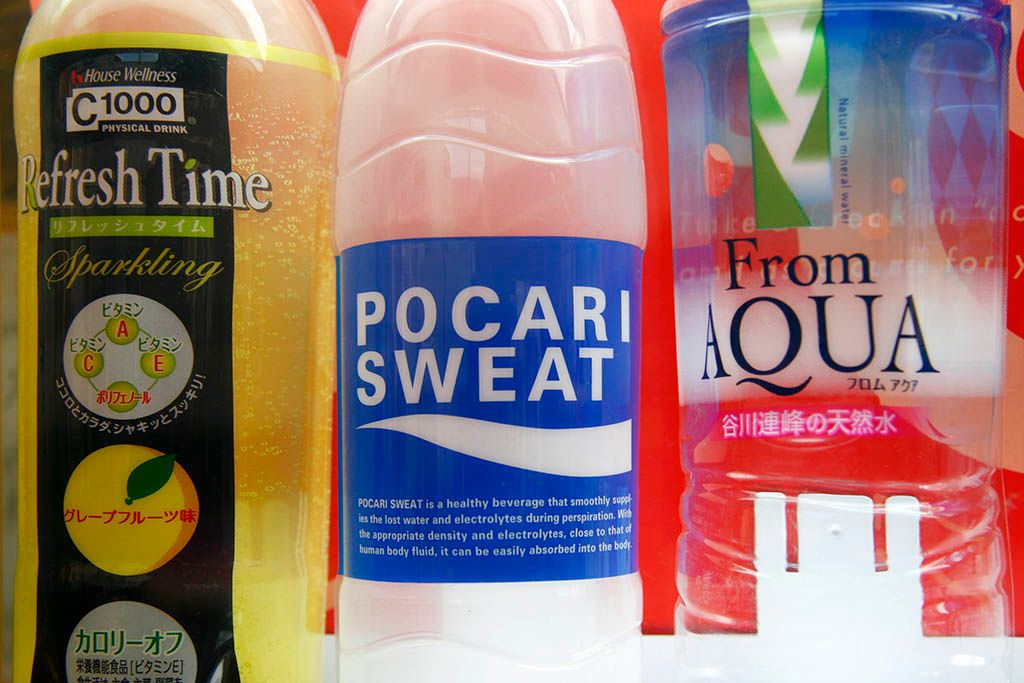 Photo's I took, probably at Kobuchi Station of a vending machine selling Pocari Sweat in December 2010.
Photo's I took, probably at Kobuchi Station of a vending machine selling Pocari Sweat in December 2010.
Vending machine in Kyoto with bottles Pocari Sweat. Photo taken by my friend, photographer and G-Shock Collector Yamazaru-san (山猿).
Pocari Sweat is distributed well in East and Southeast Asia and in the Middle East. I haven’t seen the drinks yet, but it is in Europe it seems sometimes also available in Asian food shops. Unfortunately, the Pocari props in my photo's come from Japan and China. Specially the €6.- phone charger is quite handy actually.Dreams come true, often abbreviated to DCT, is a Japanese pop band, active since 1988 and was founded by three members, Miwa Yoshida (vocals), Masato Nakamura (basguitar) and Takahiro Nishikawa (keyboards and synthesizers). In 2002 Nishikawa left the band, leaving DCT as a duo. This band is very popular in it’s home country. Besides the usual live tours, they organize together with Pocari Sweat since 2003 every 4 years ‘Dreams come true Wonderland” in association with Pocari Sweat. Instead as a duo, they perform with a big band, touring through Japan. In 2011 they even did a small sold out “Dreams Come True Wonderland USA” tour in New York, Seattle and Los Angeles.
To promote the Dreams Come True Wonderland 2011 Pocari Sweat organized a sweepstake to win this special G-Shock model. Not less than 15000 entries registered, only 1000 G-Shocks were given away. This means participants of the sweepstake had in the end a 1 on 15 chance to win this watch. As Dreams Come True is a very popular band and Pocari Sweat is a popular sports drink (comparable with Gatorade in the US). This might indicates that not many of these float around in the second hand market.
People who know me well, might scratch a little on their head when they see this watch. Indeed, quite a lot of bloo… If it had been for another brand, I would have very likely have passed, but I am so much entangled by the Pocari name, I must have it. So, when one came available for sale, I snatched.The G-Shock is basically glossy white. “Pocari Sweat” and “Dreams come true Wonderland 2011” are written on the long strap. On the short strap (with buckle) you find the Wonderland 2011 logo. Most eye catching, specially when worn, is the blue faceplate. Instead of Casio, the Pocari Sweat logo is on top above the eyes. This model is a DW-6900FS variant and if you look more closely you notice the typical red eye, you find on other DW-6900FS models. The backlight of the watch shows the wavy line from the logo, which somehow reminds me to the Nike Swoosh, although I think this line more represents a kind of wave. While the resin of the bezel and straps are bright white, the light button is a little bit ivory white. The Pocari Sweat logo is also etched on the backplate.
This Pocari Sweat model does come with the older 1289 module. It’s a pretty basic, but sufficient module. Besides Timekeeping Mode, you’ll find an Alarm mode, a 24 hour Countdown Timer and a 24 hour Stopwatch. The Alarm is normally set as a daily Alarm, but it can also be set as a Date Alarm when the date digits above the time are programmed. When only the Day or only the Month digit is programmed you get a 1-Day (a month) Alarm or a 1-Month alarm. Of course there is also hourly signal. Another extra is the Flash Alarm. It can be activated and deactivated by push and holding the lower right button for about 3 seconds. When a star like icon appears above the seconds, the Flash Alarm is activated. Whenever an Alarm sounds, the EL Backlight lights up briefly with each tone. A pretty cool feature, still found on many G-Shock models.
I do not think this model is a very wanted model. I specifically bought this model because my brief Pocari Sweat moment in Hachiōji. Many times I have quoted my: "What the heck is a Pocari, and why would I drink it’s sweat", every time I saw the brand pop up somewhere. Although it is not a real wanted model, it's not easy to find one. The only one I could find had quite a high price. While I would normally say the price for such a watch would probably around $150 -$180, but the only one I stumbled upon had a hefty price of $300. The seller, who is someone I think to know well, told me he did not make a profit on reselling this watch by this price, but simply sells it for the same price he bought it. Despite the absurd high price for a DW-6900, this model has a special place in my collection. When I see this G-Shock or it's box, I automatically go back in time to the moment I stepped out Hachiōji station and saw this lint of sports girls.

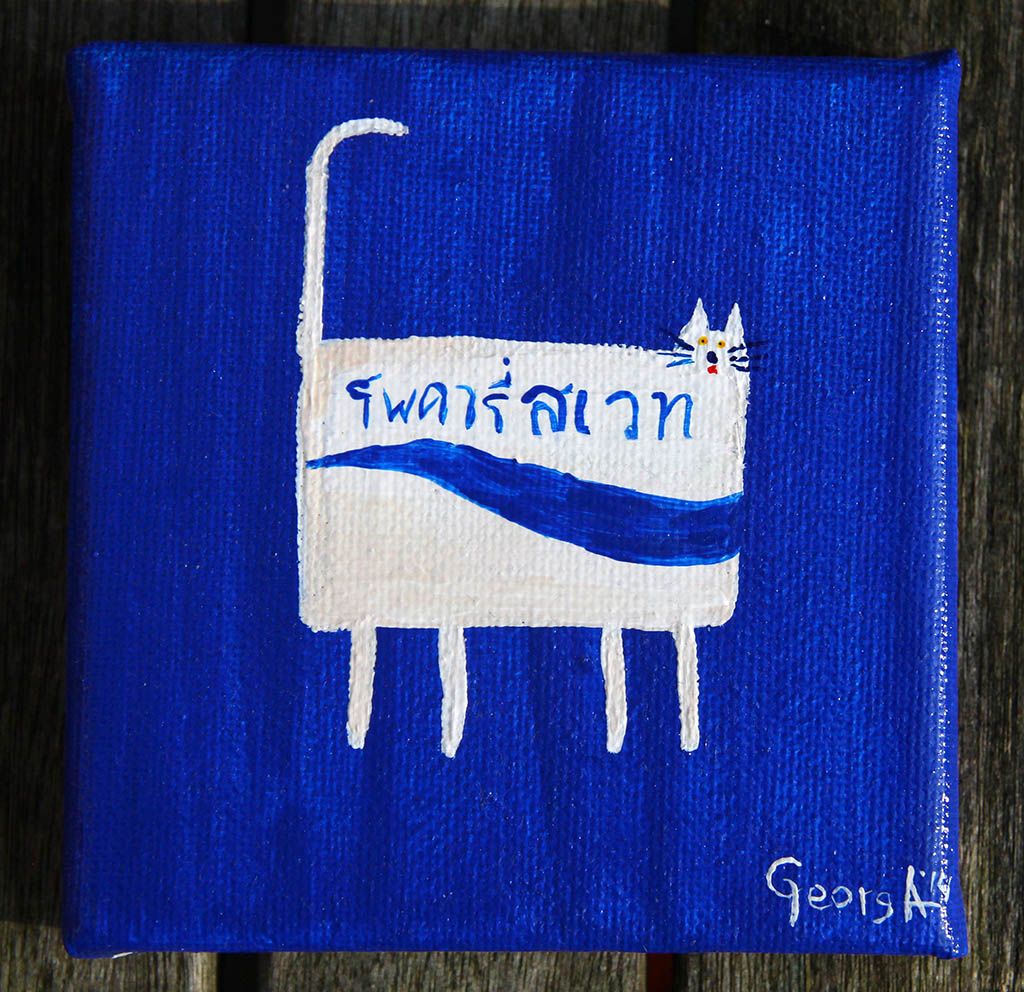



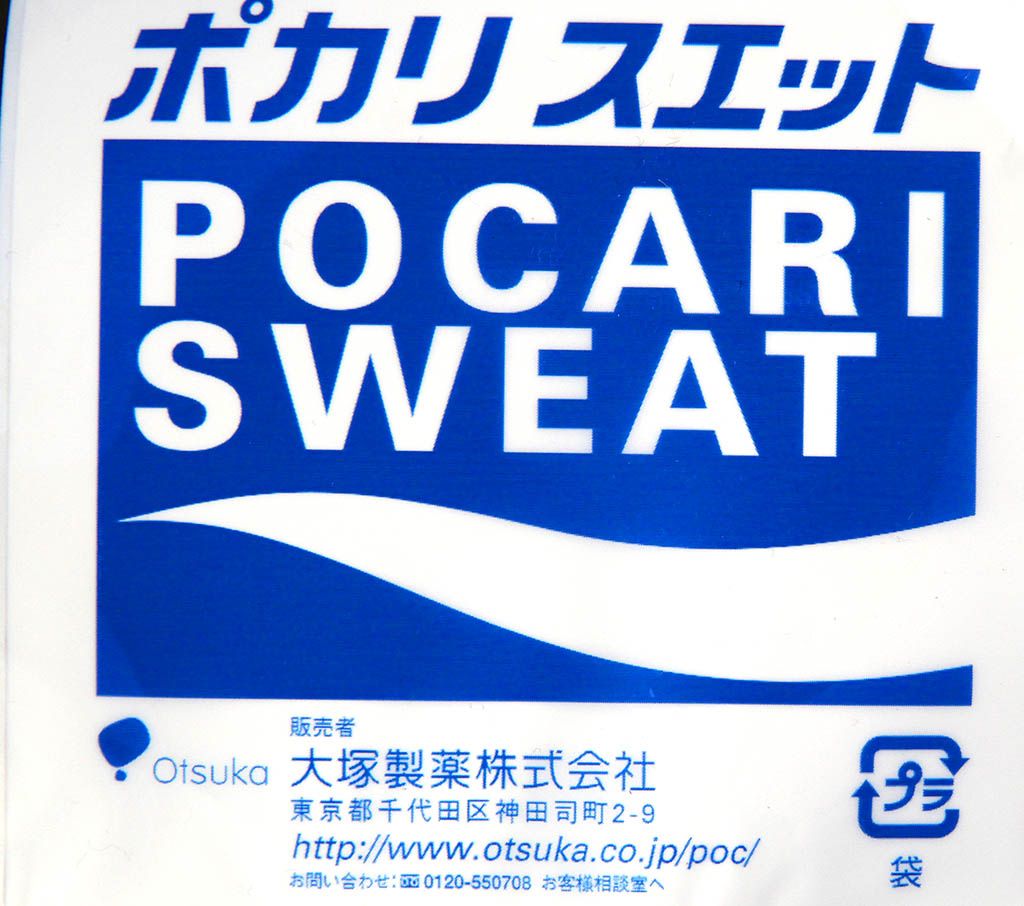
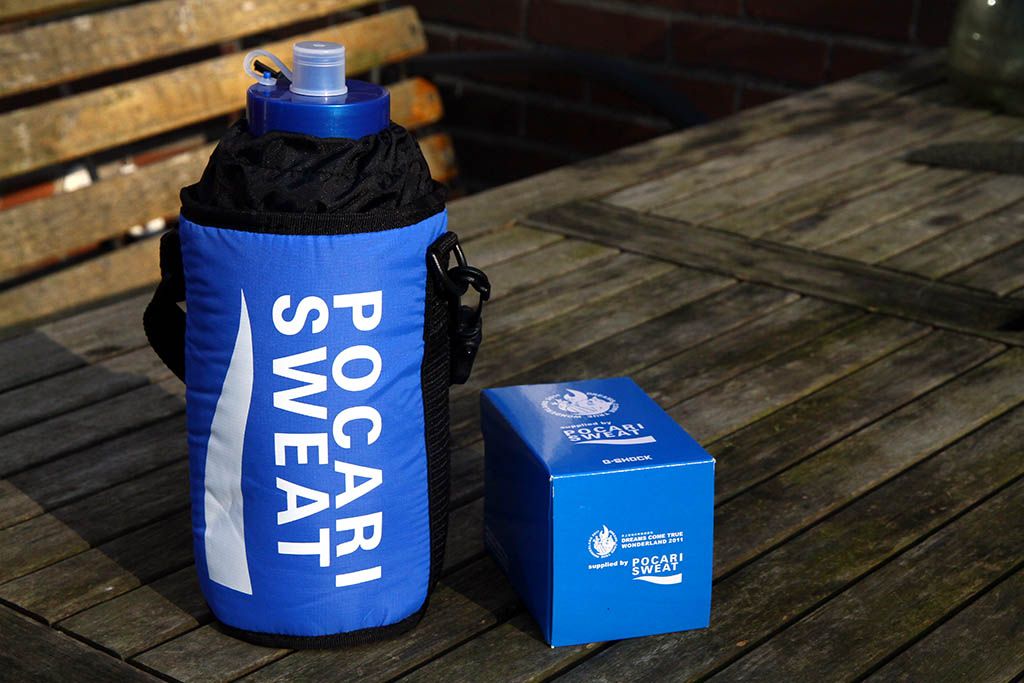
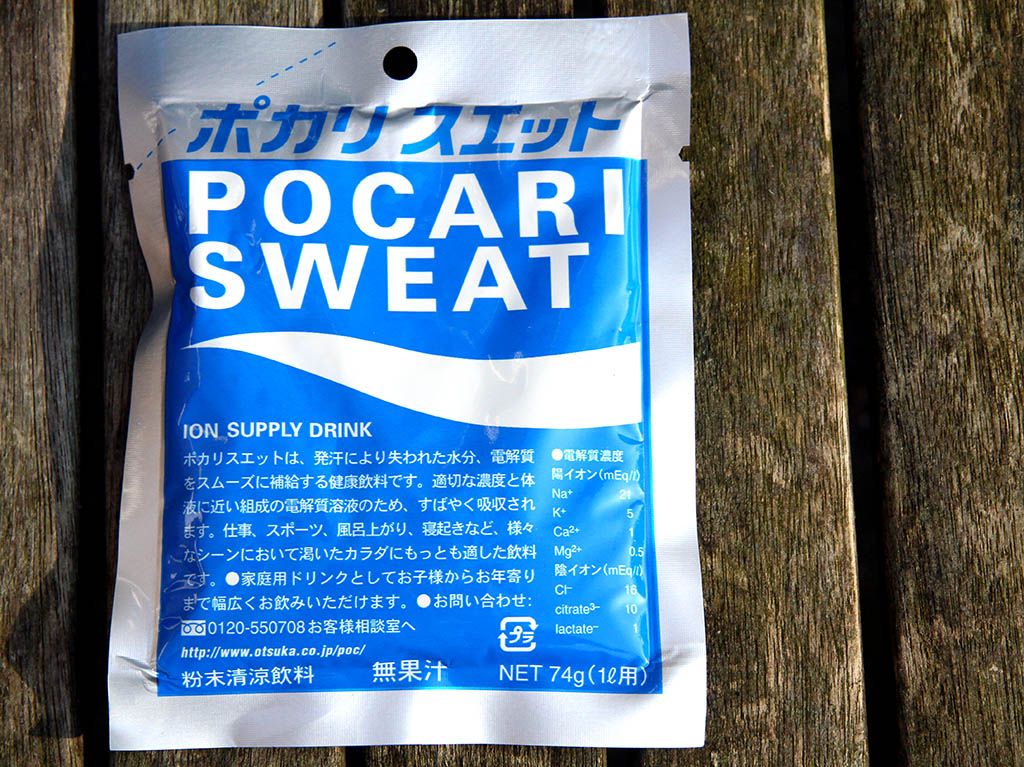


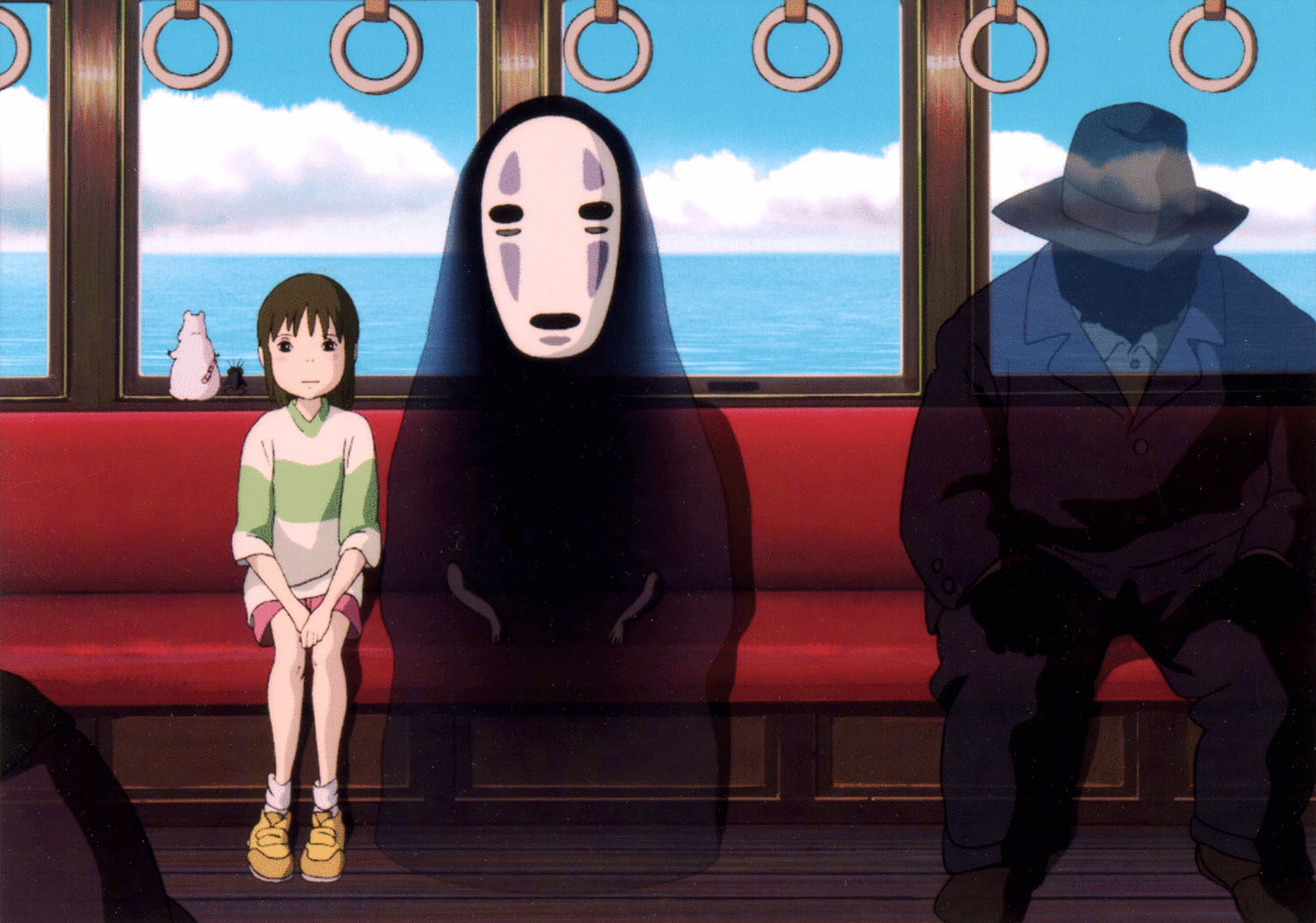

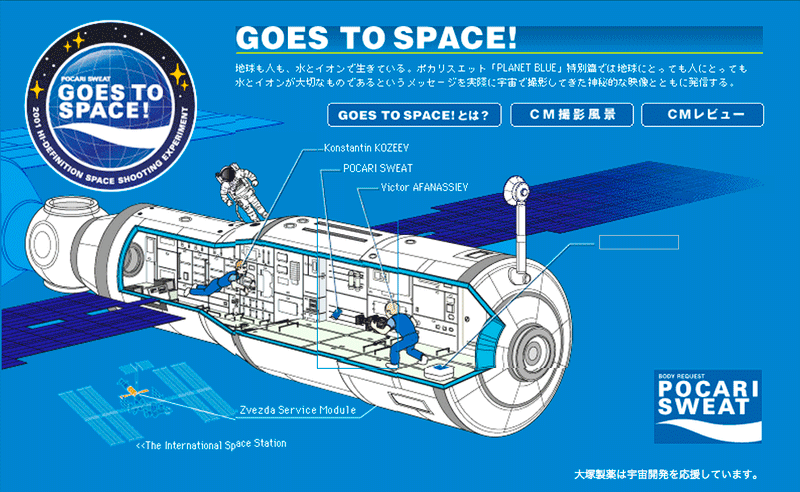

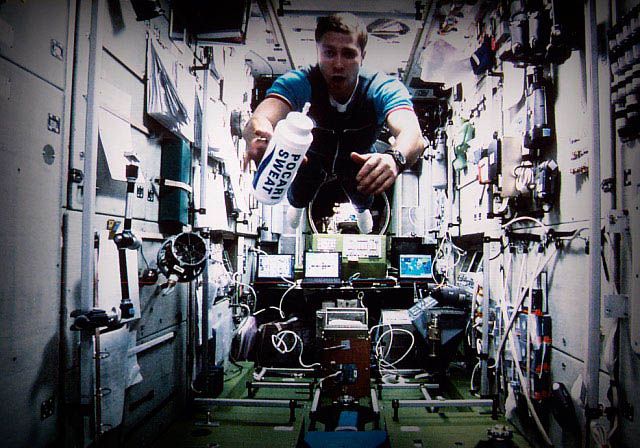
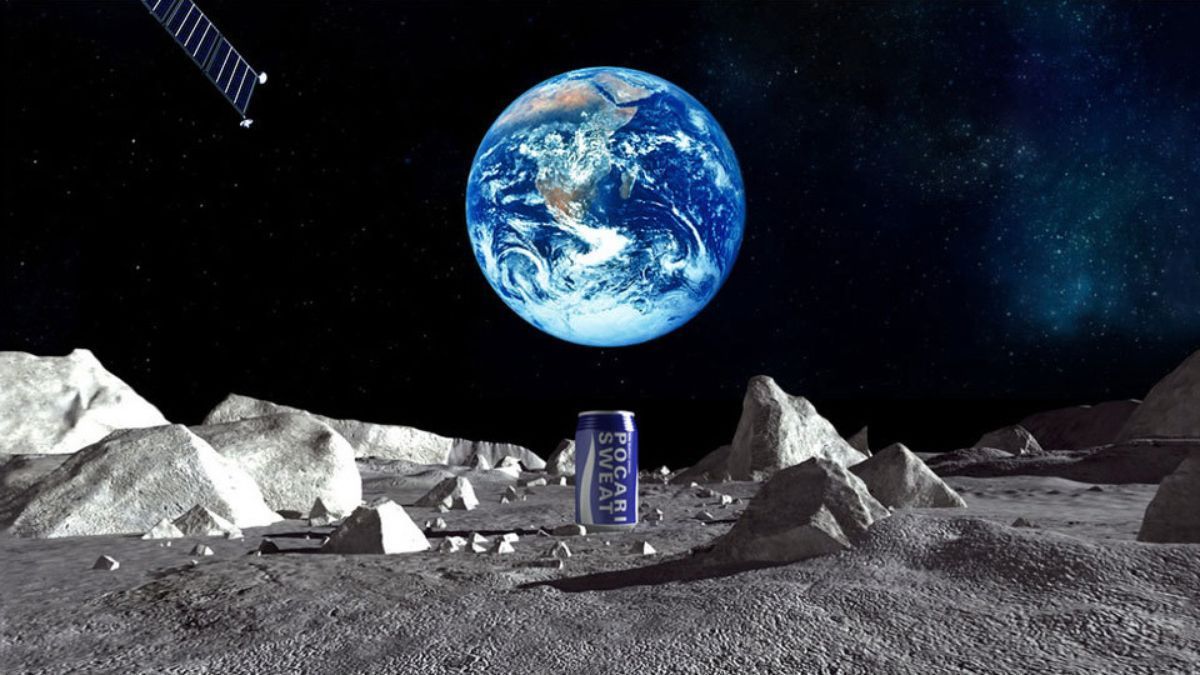
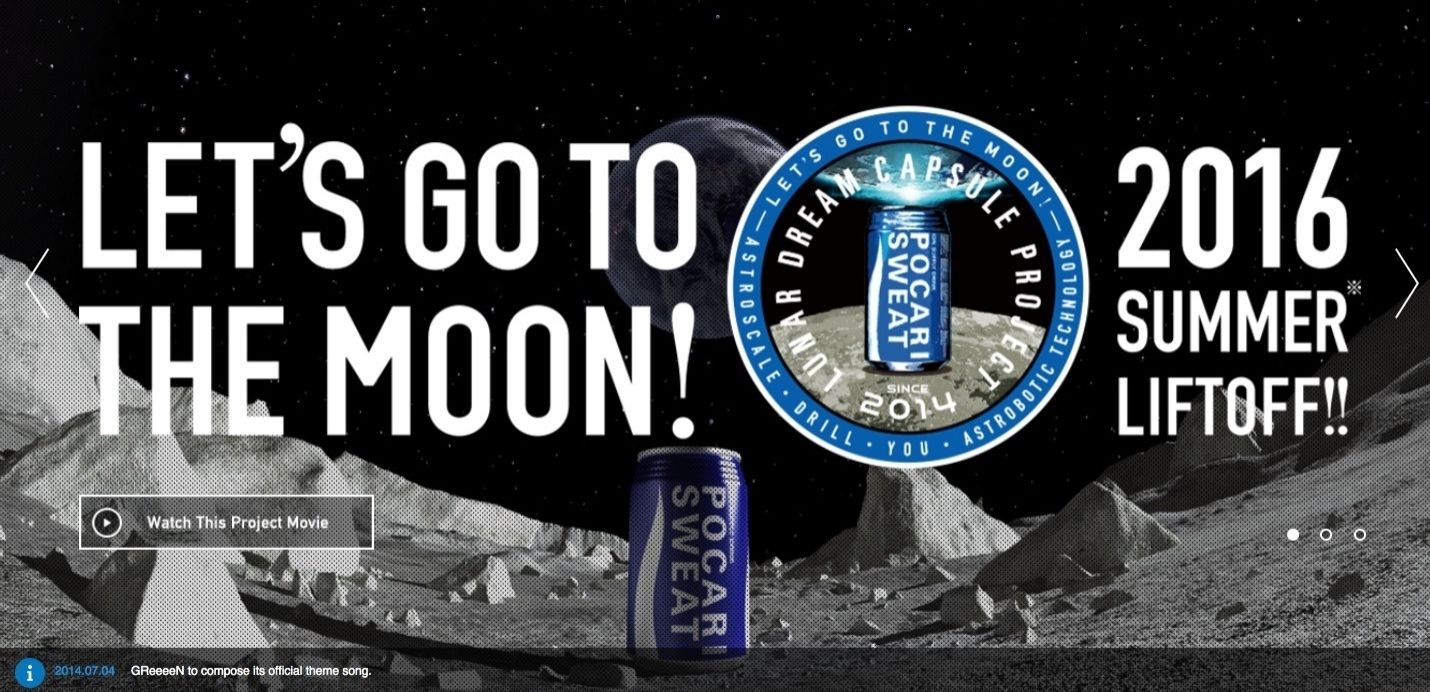
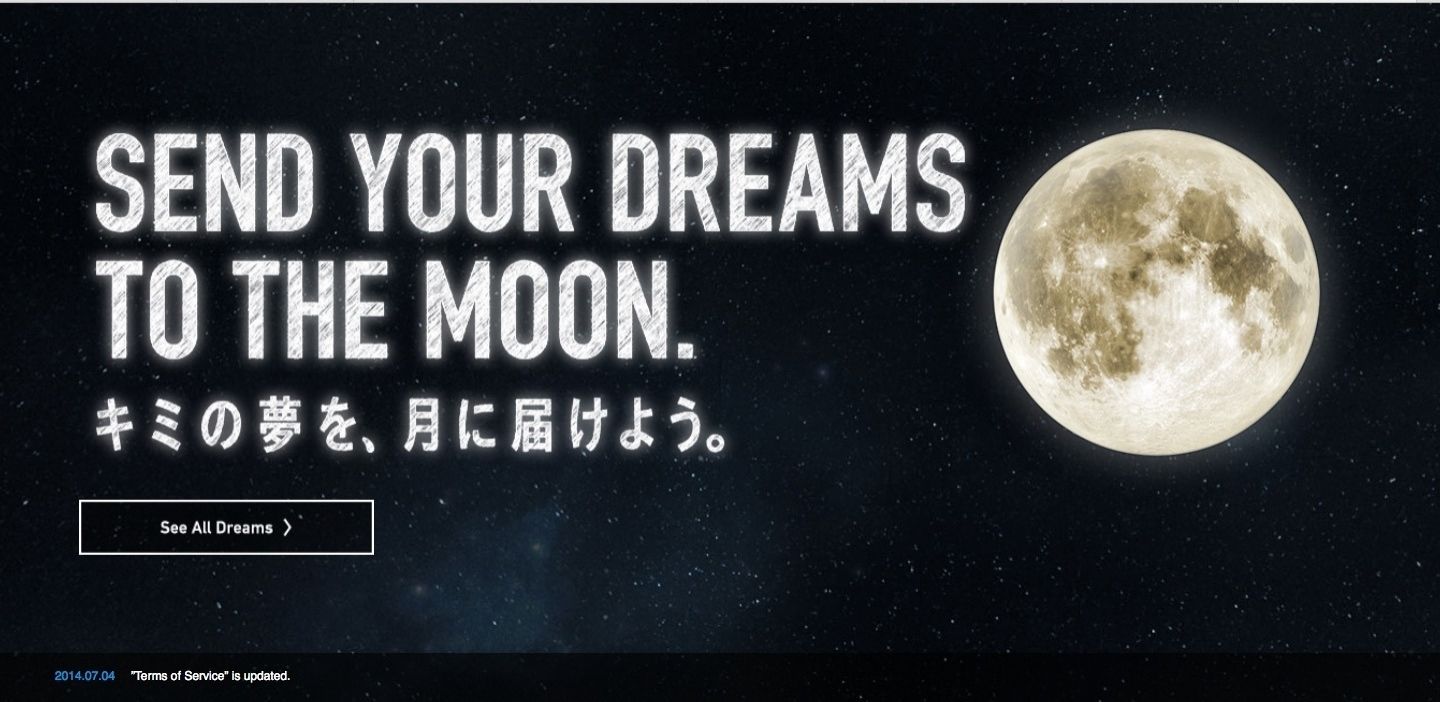
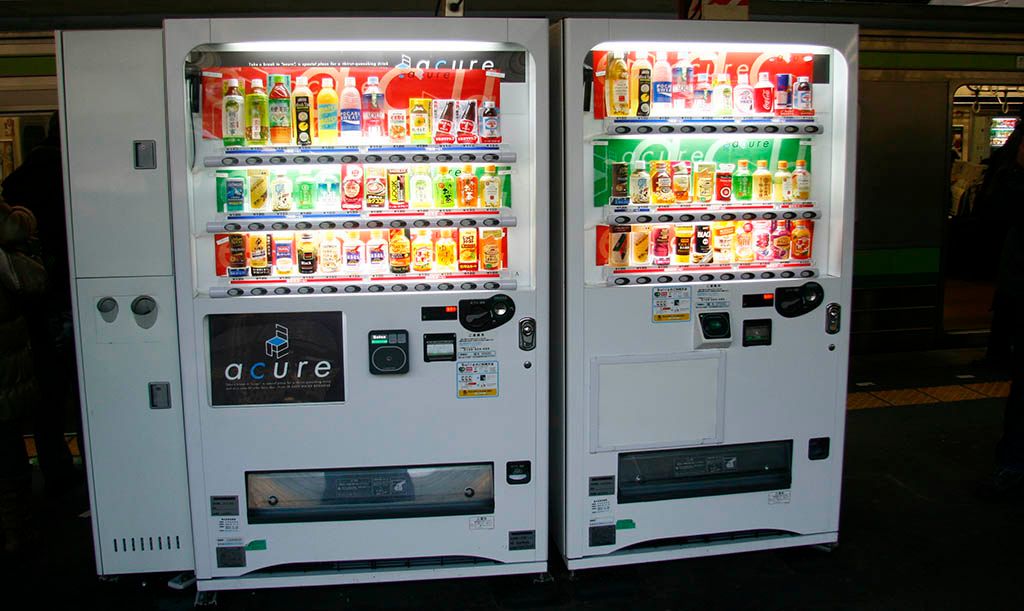
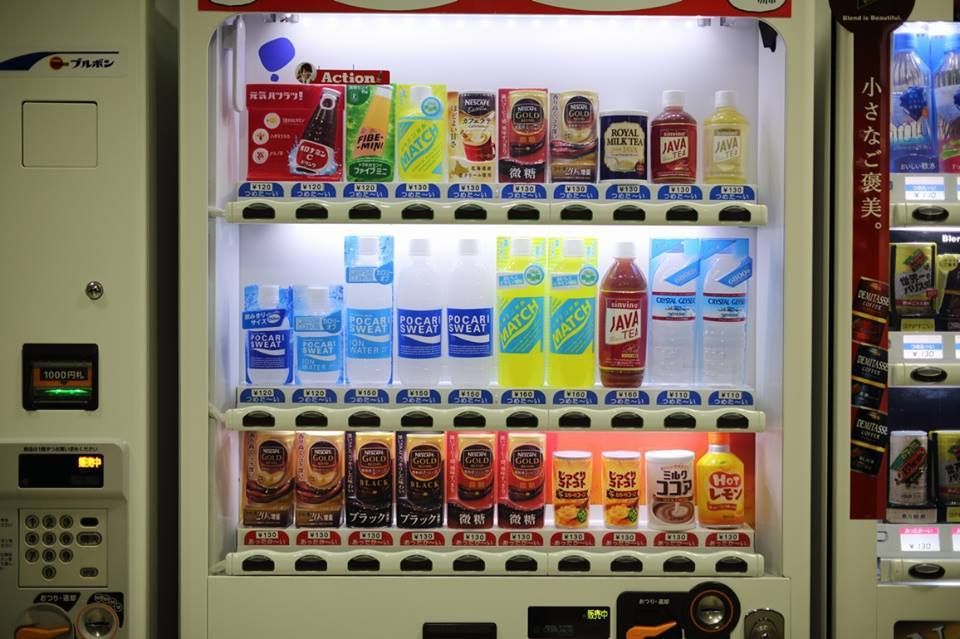
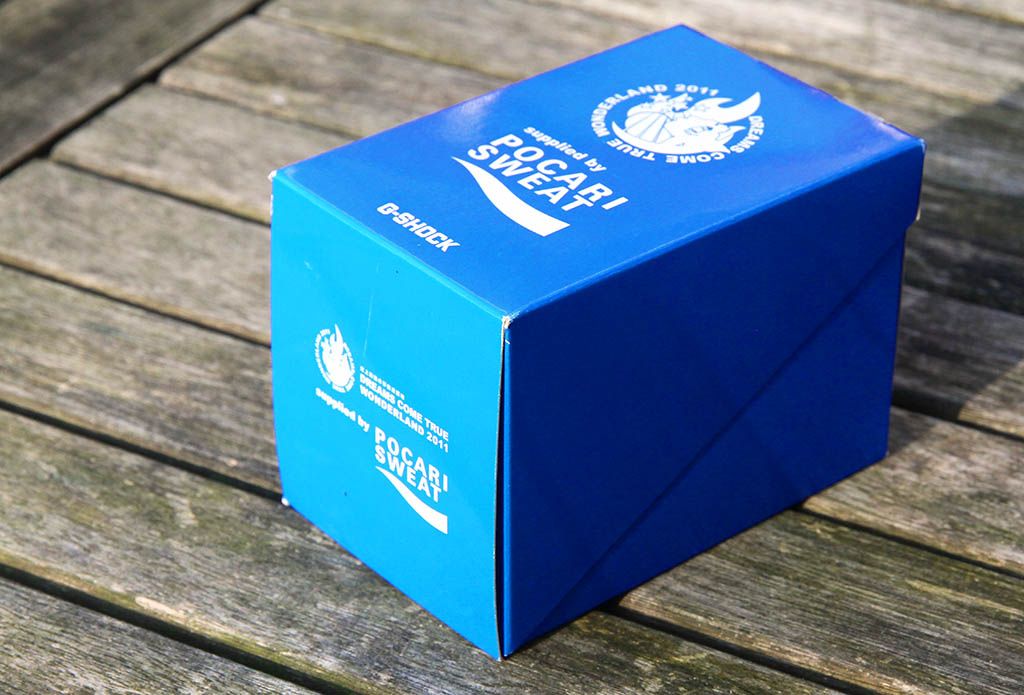

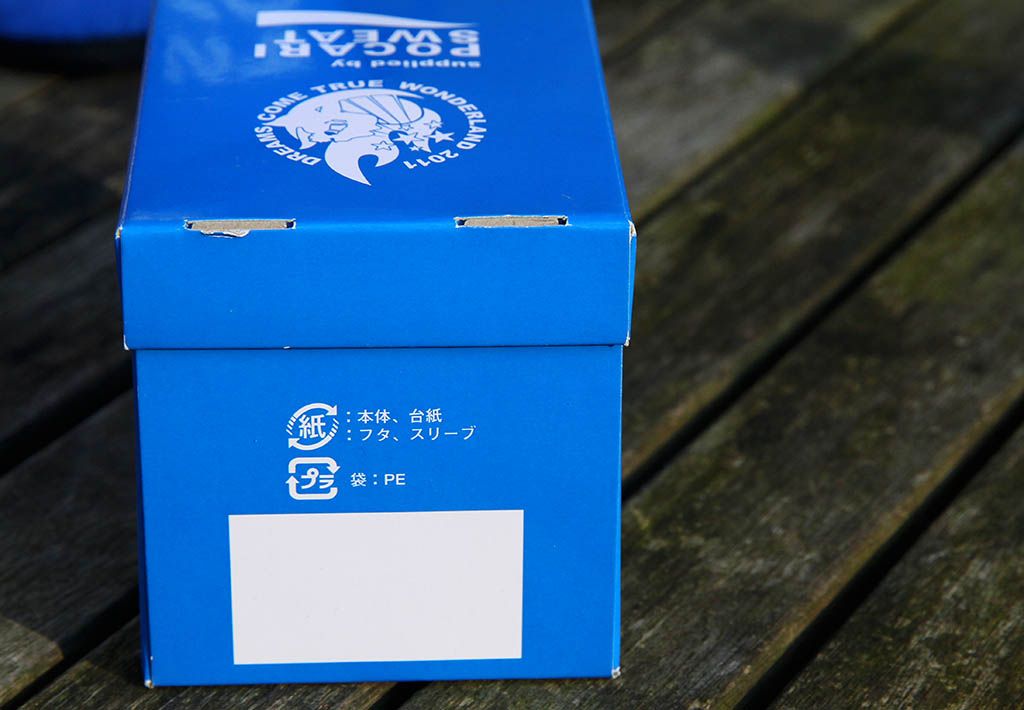
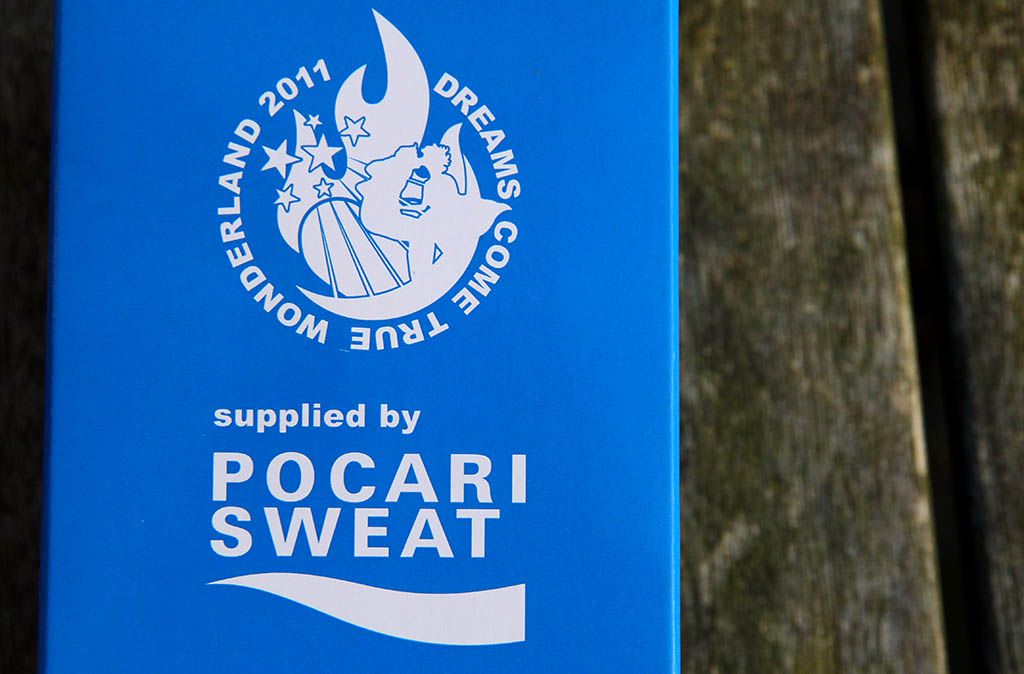

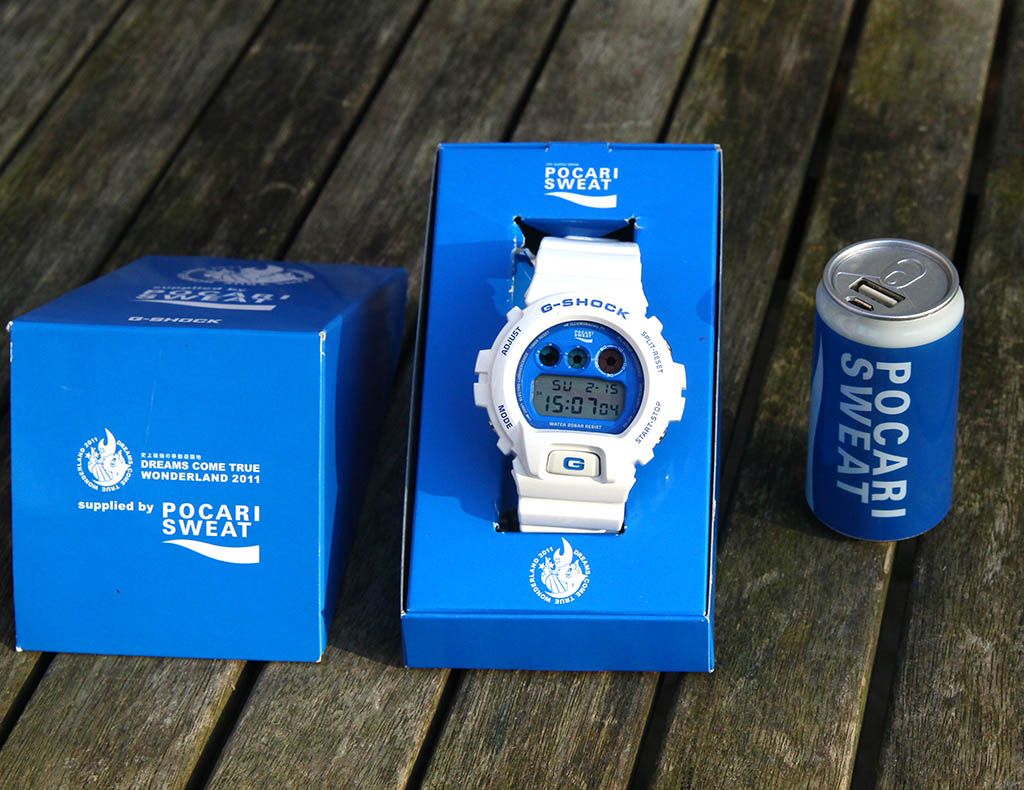
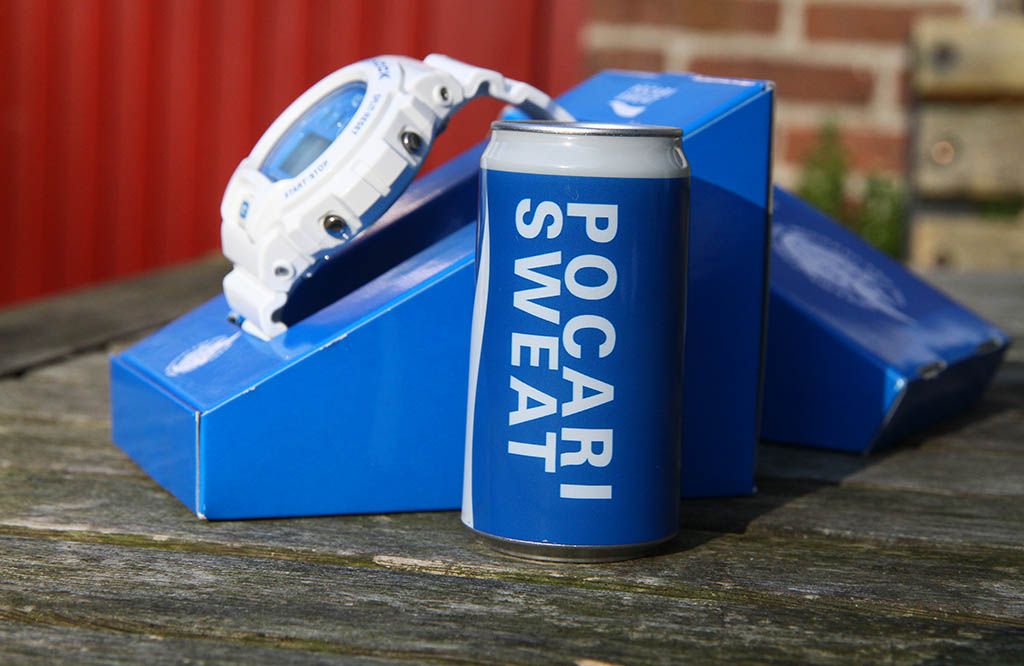
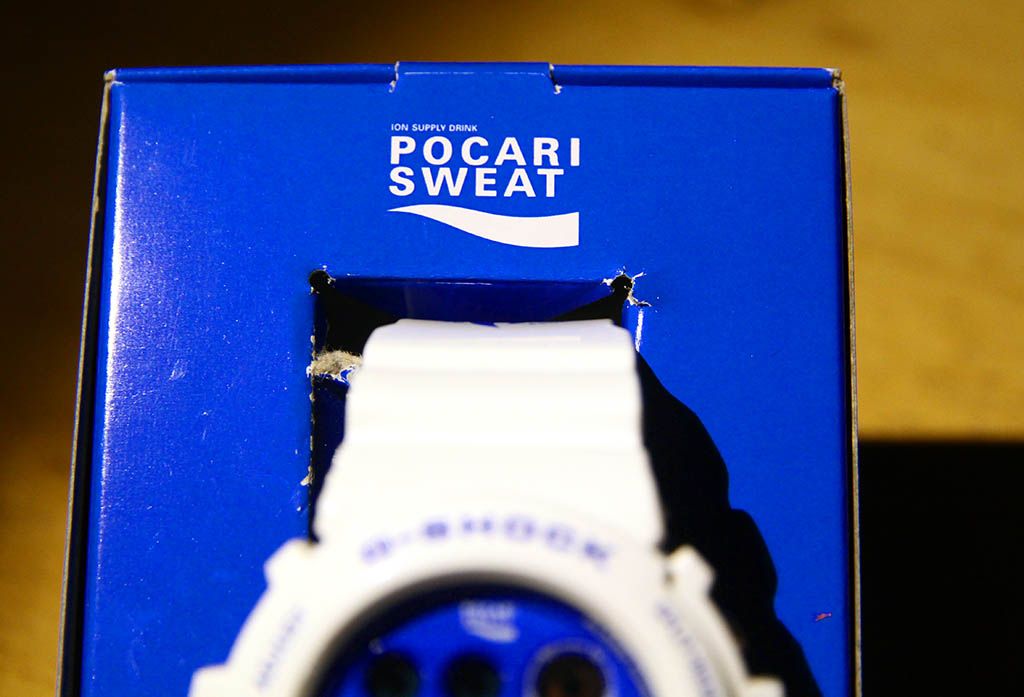
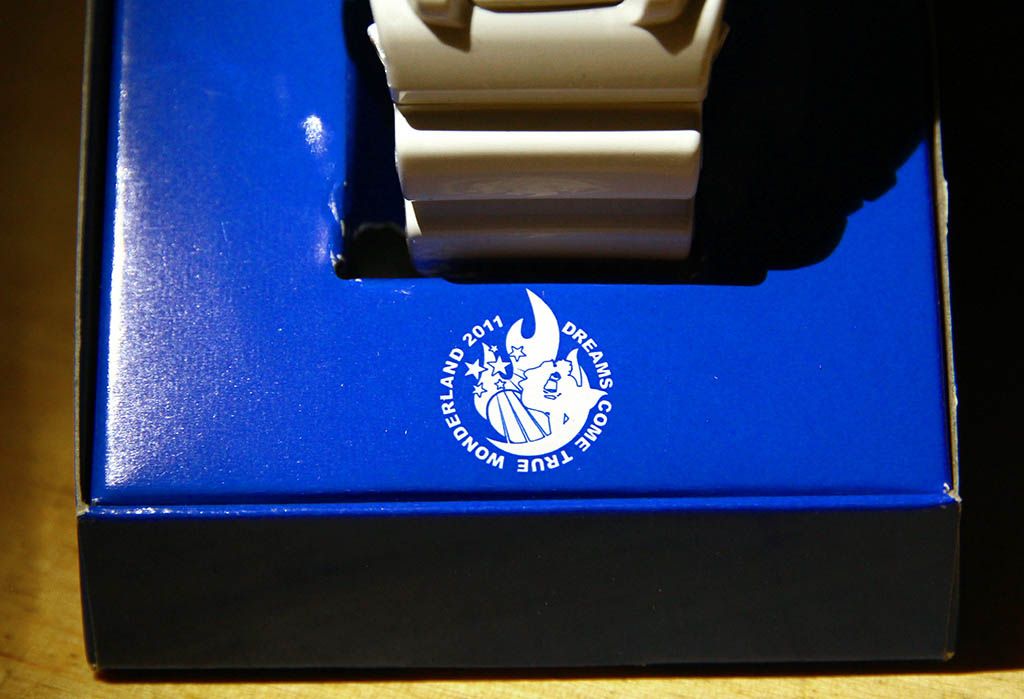





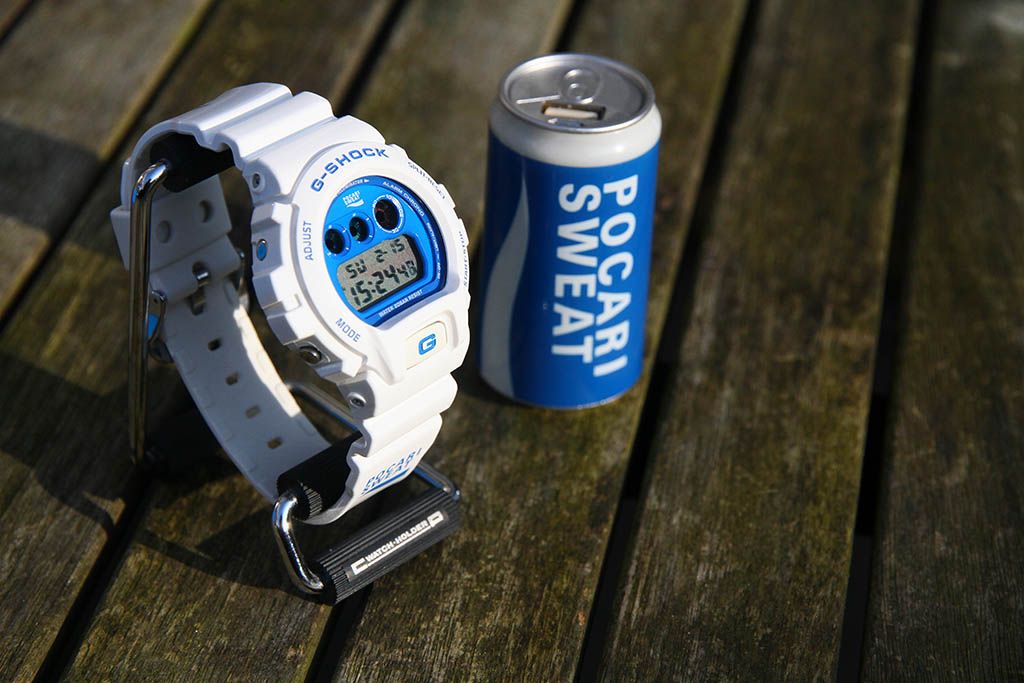
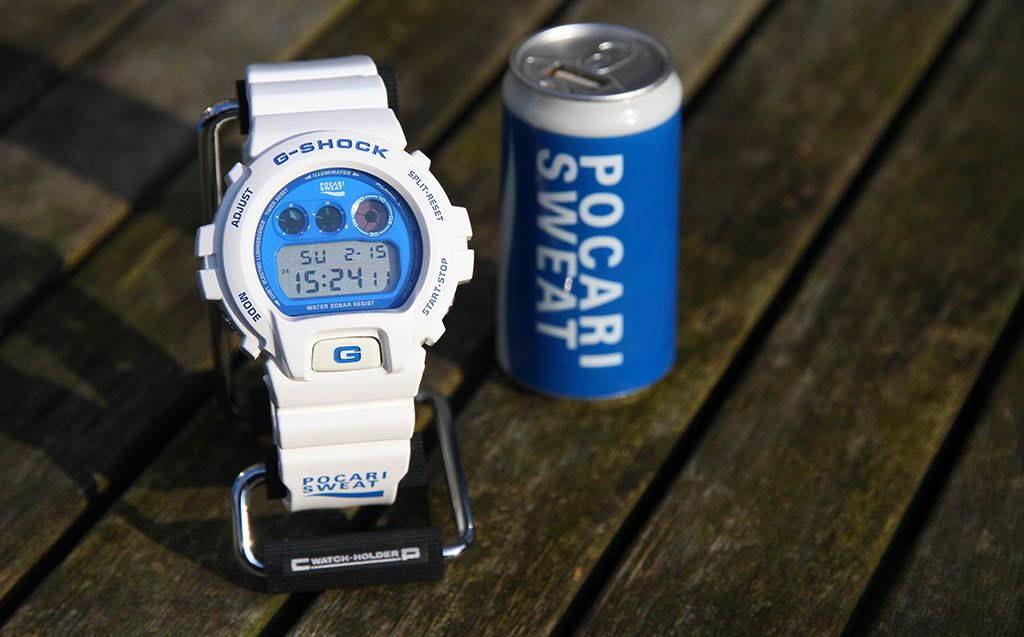
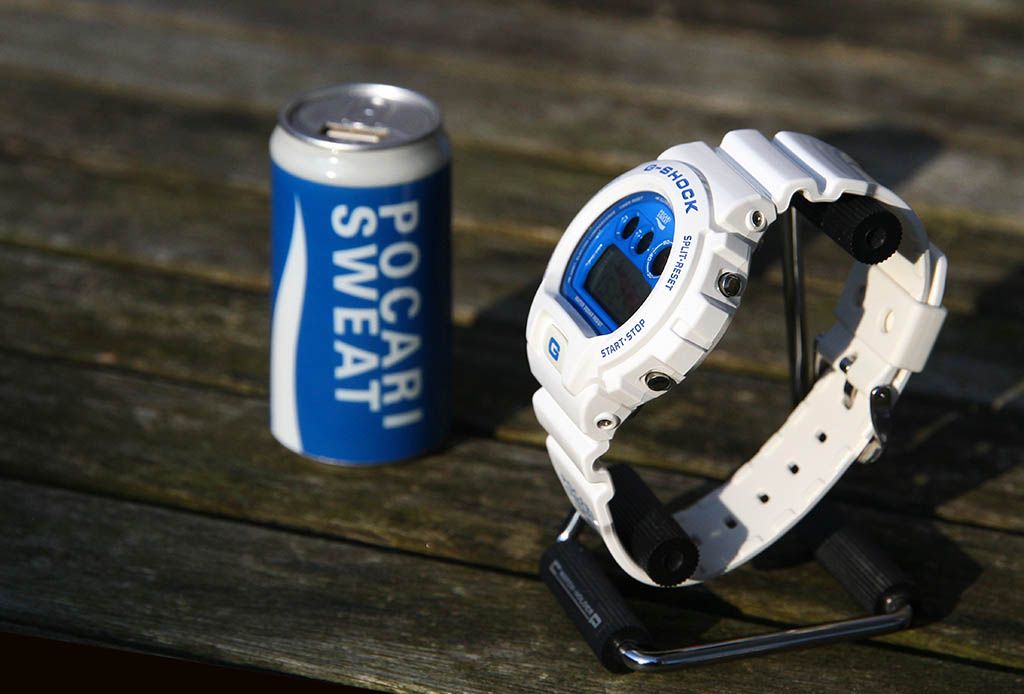
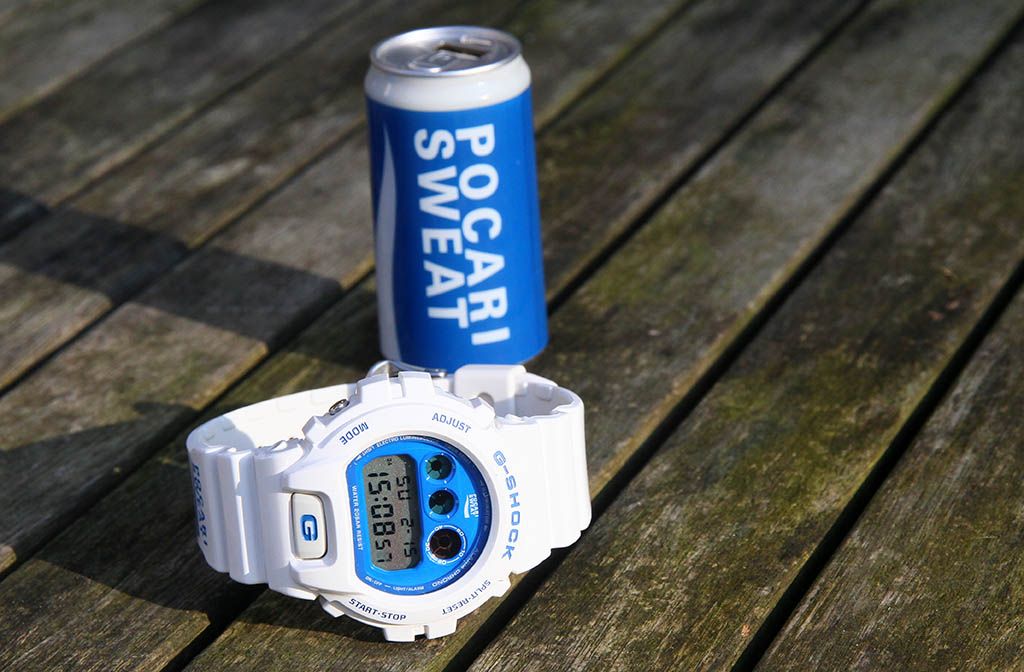
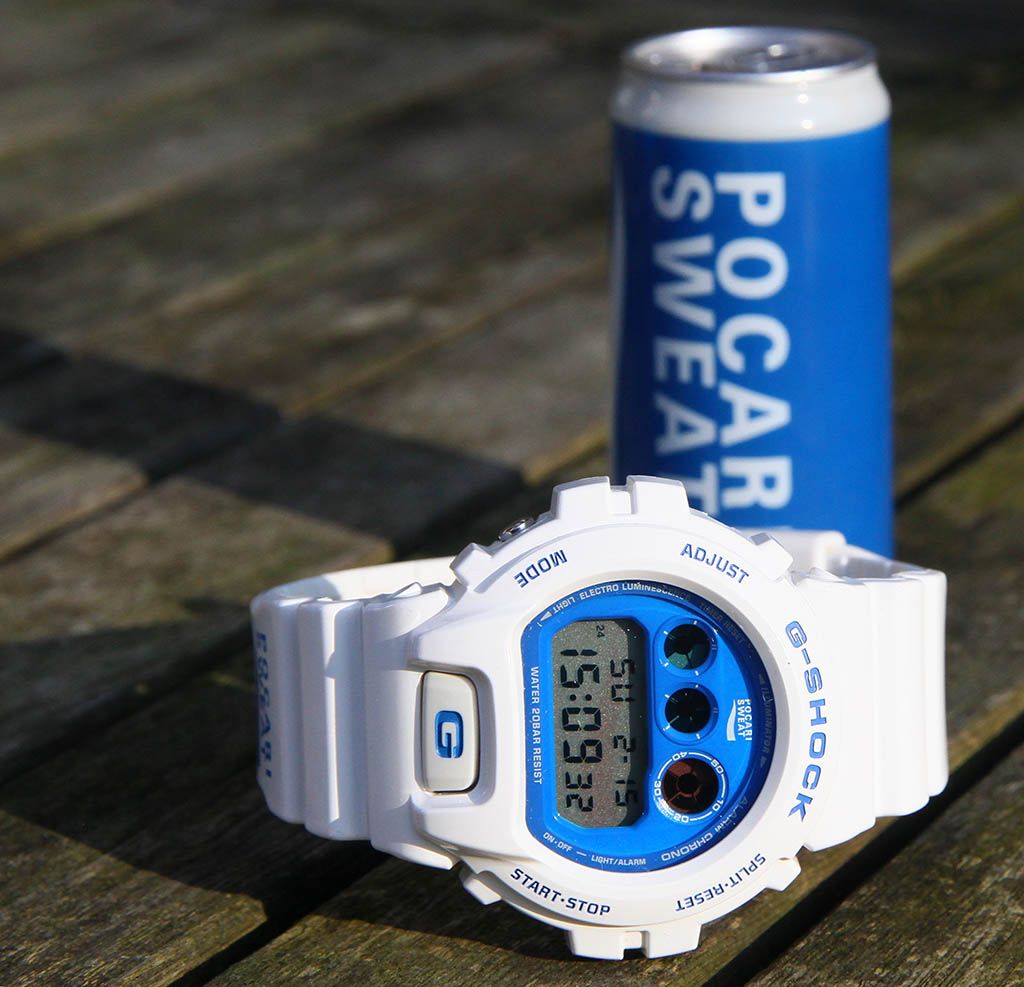
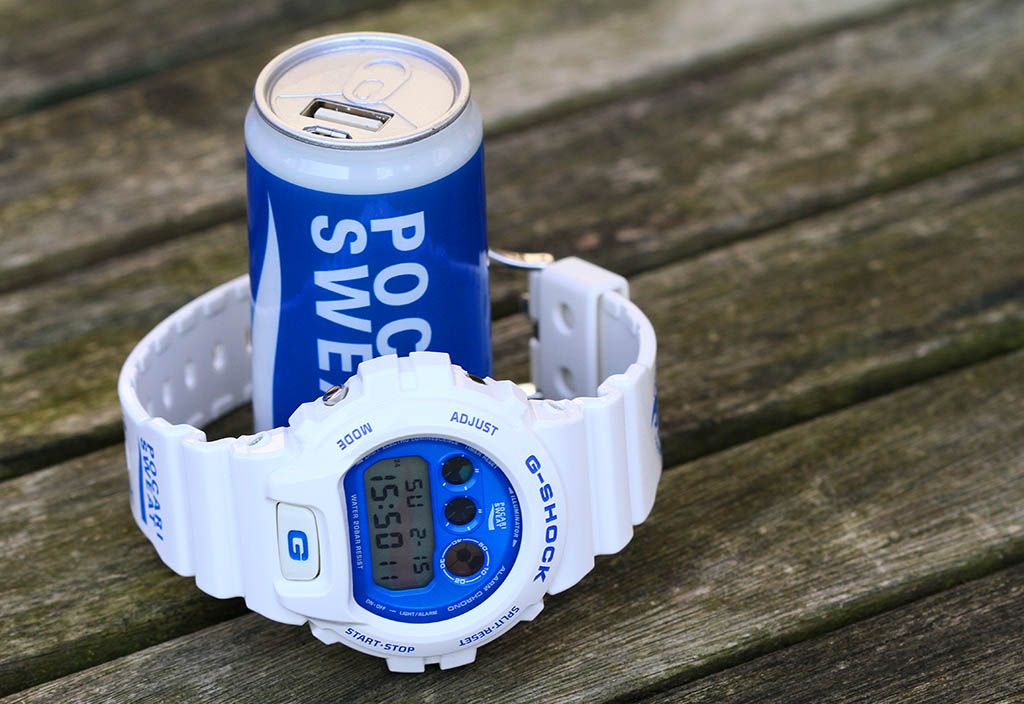
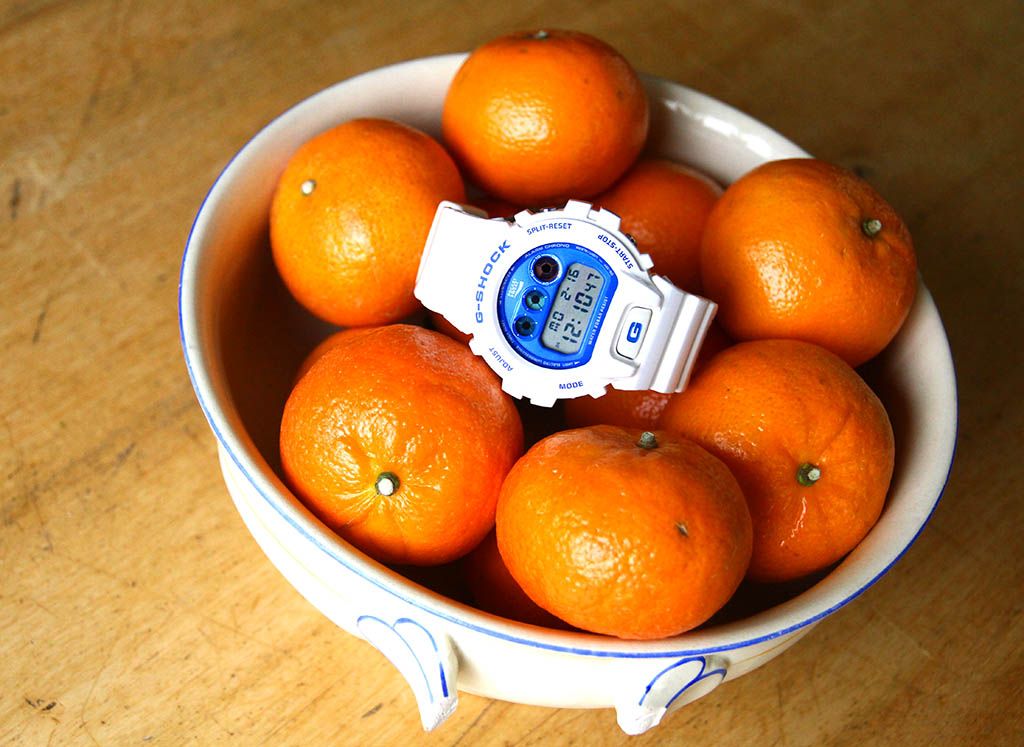

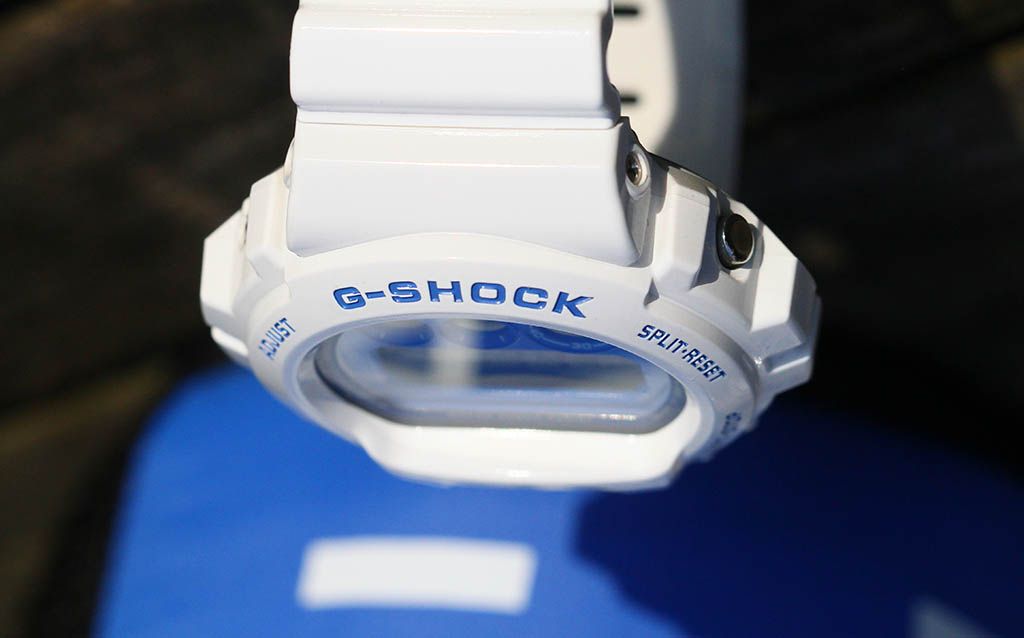
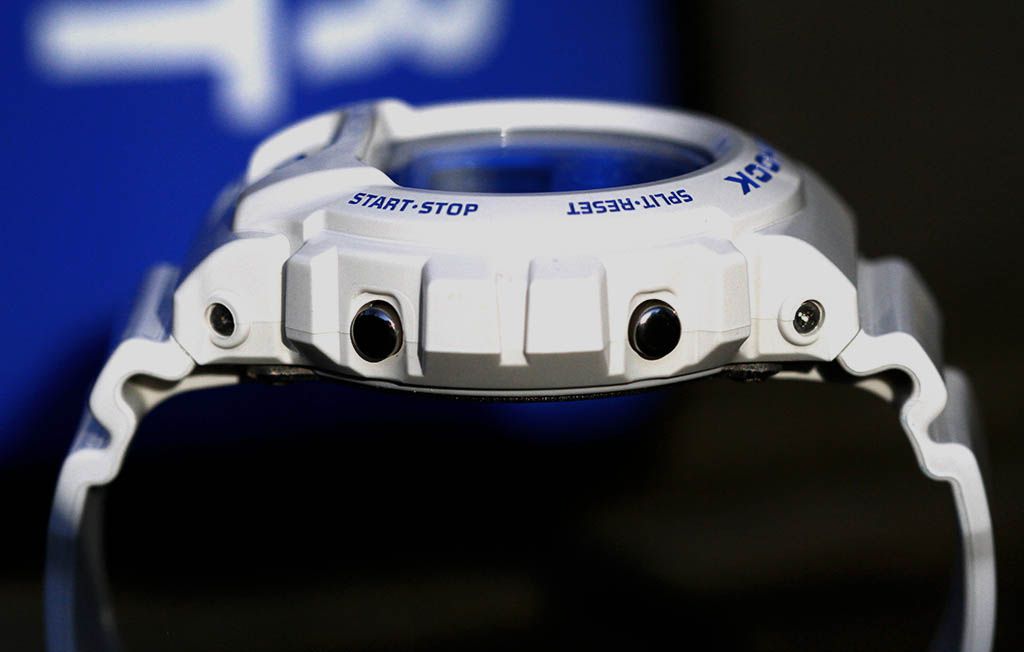
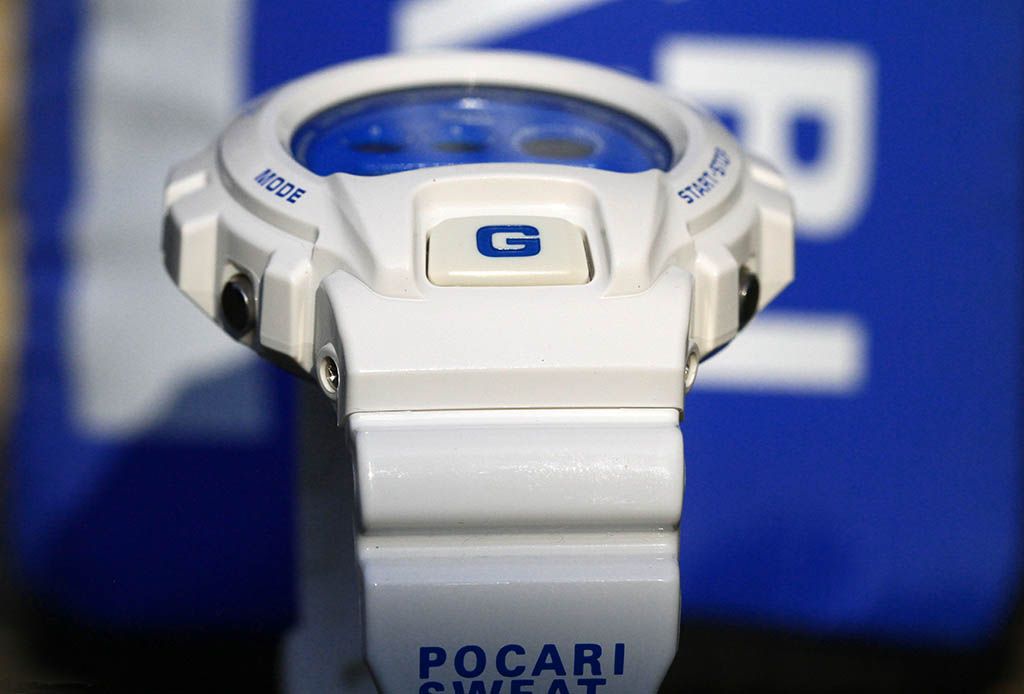
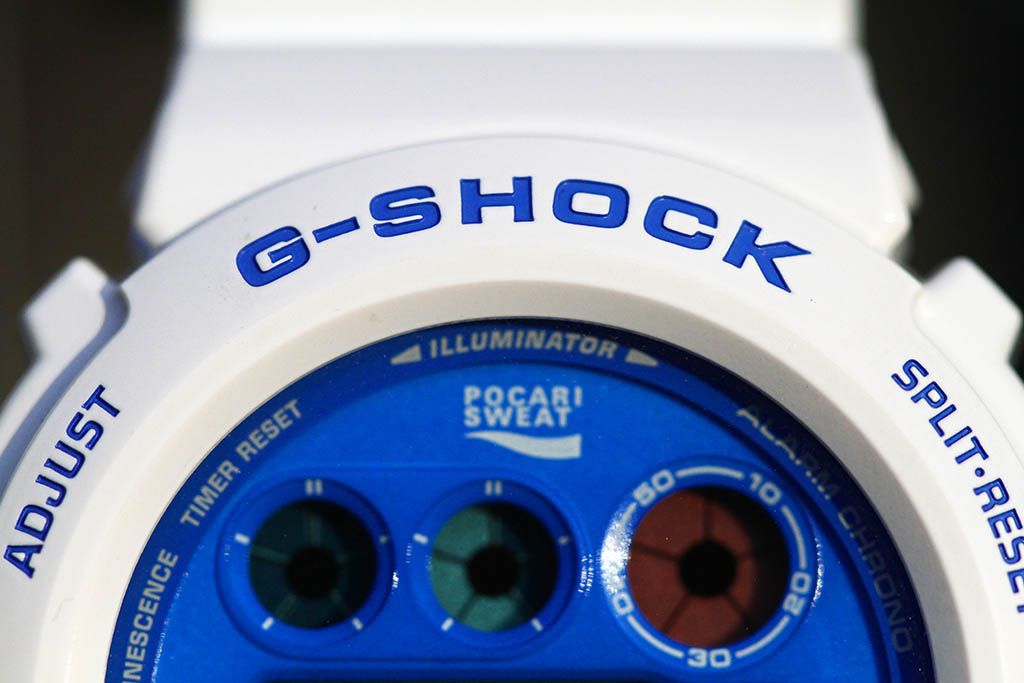

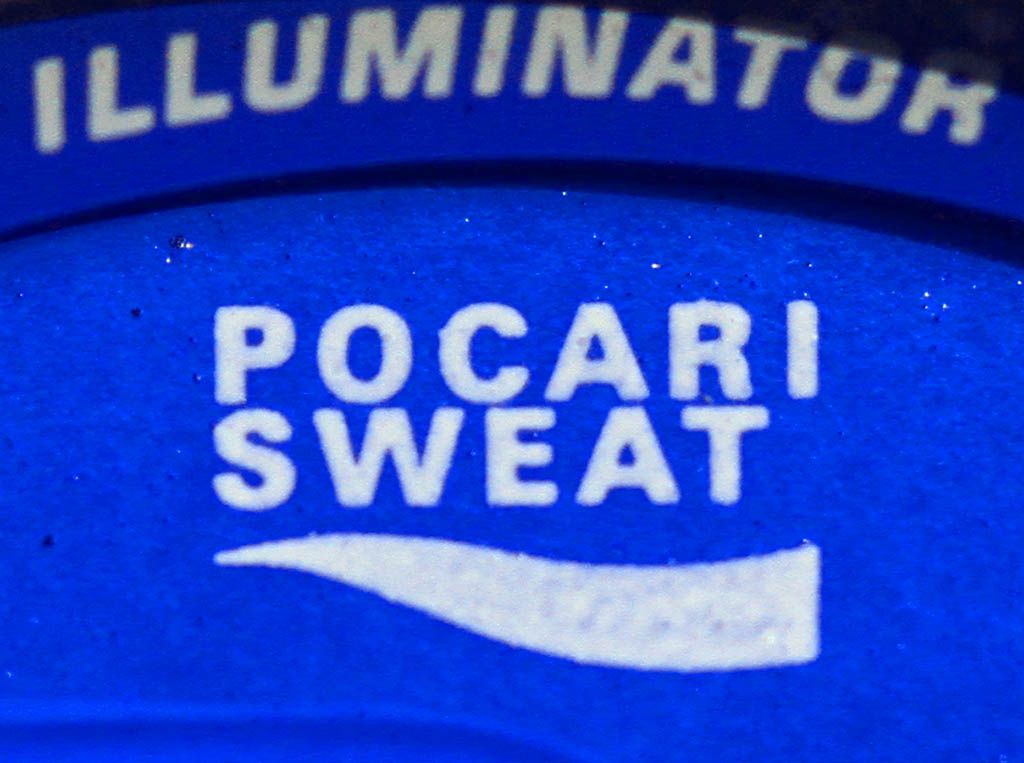
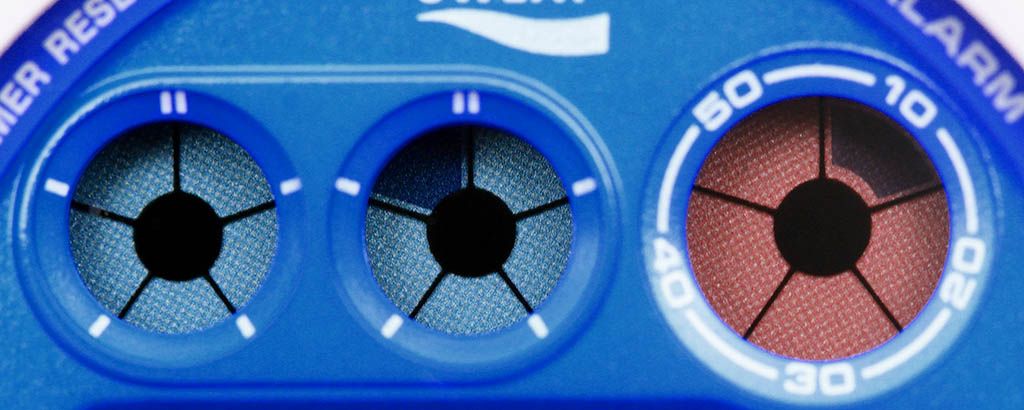

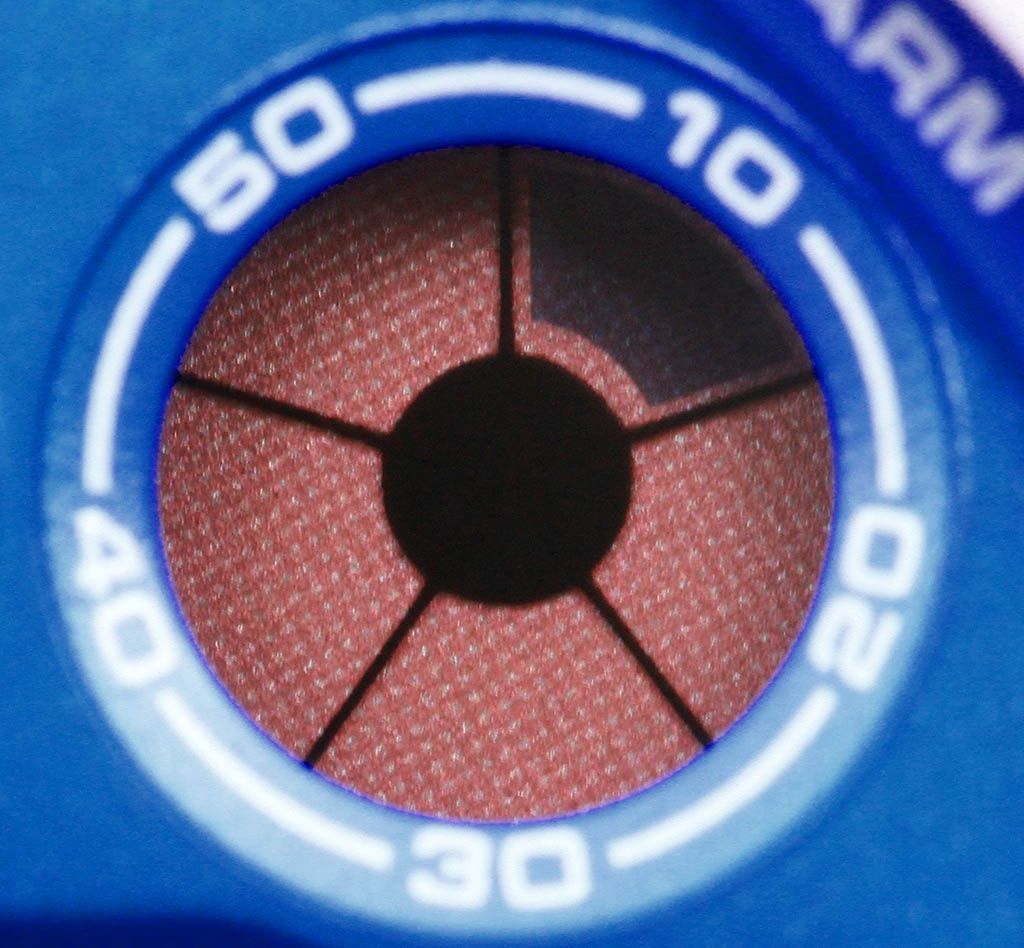
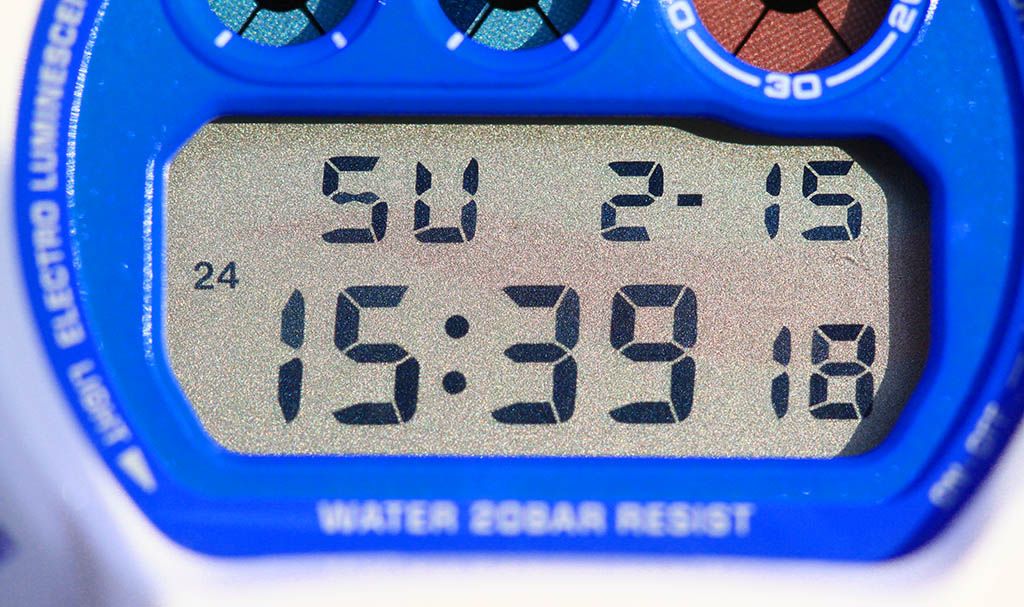
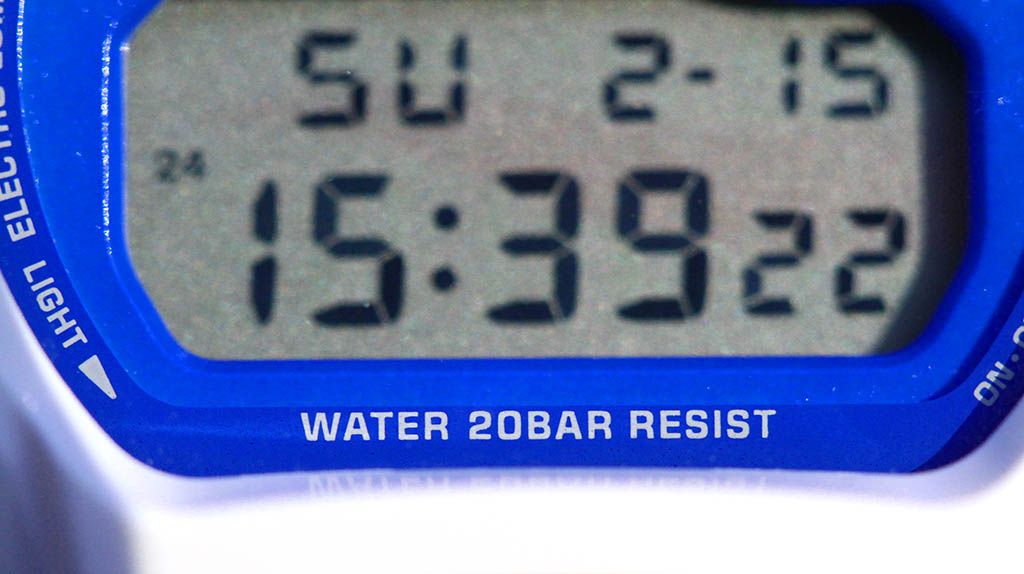
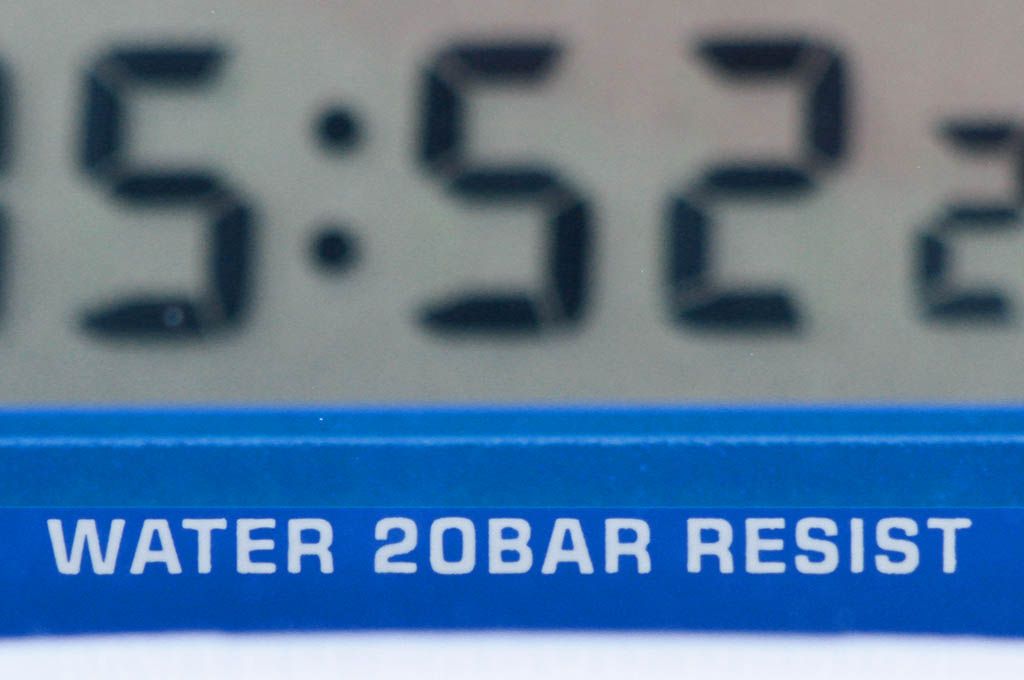
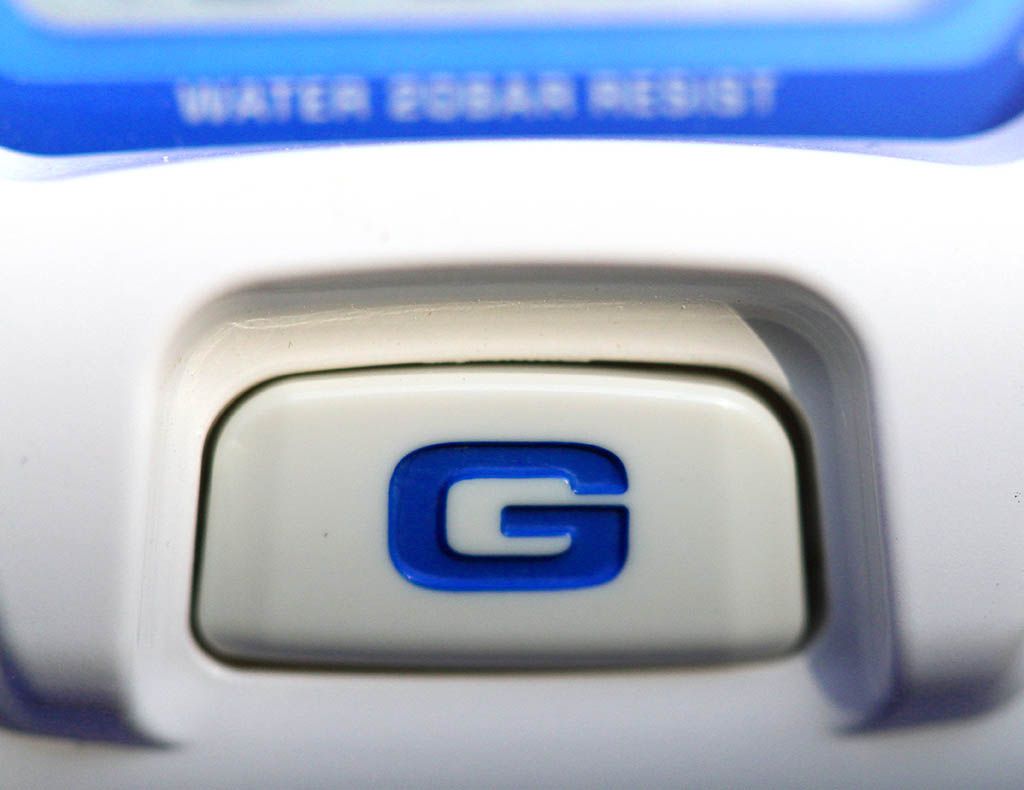
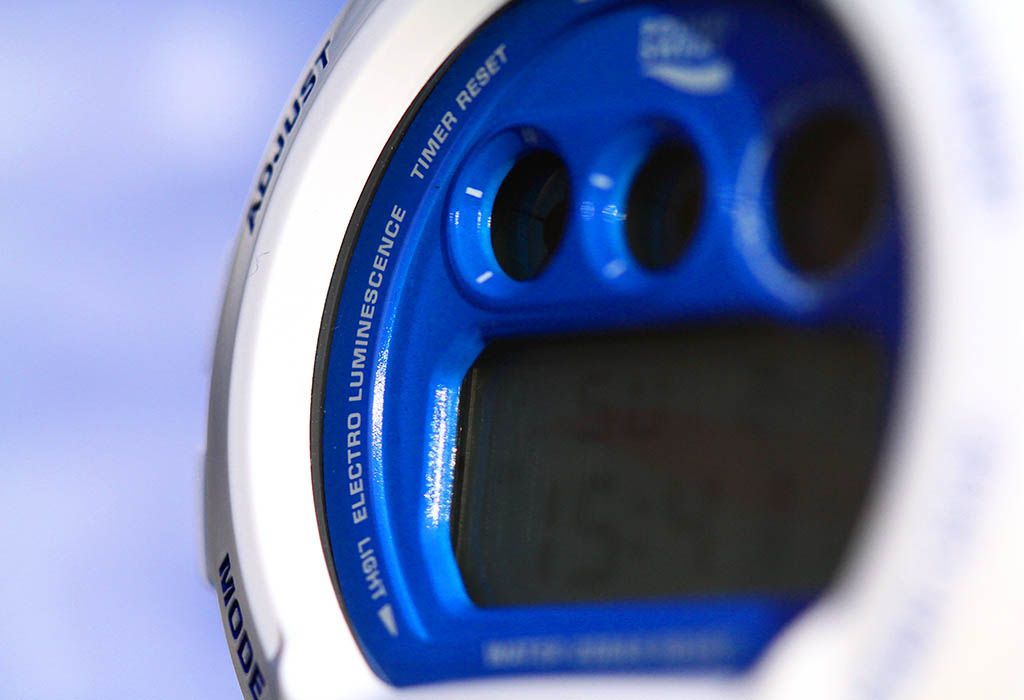
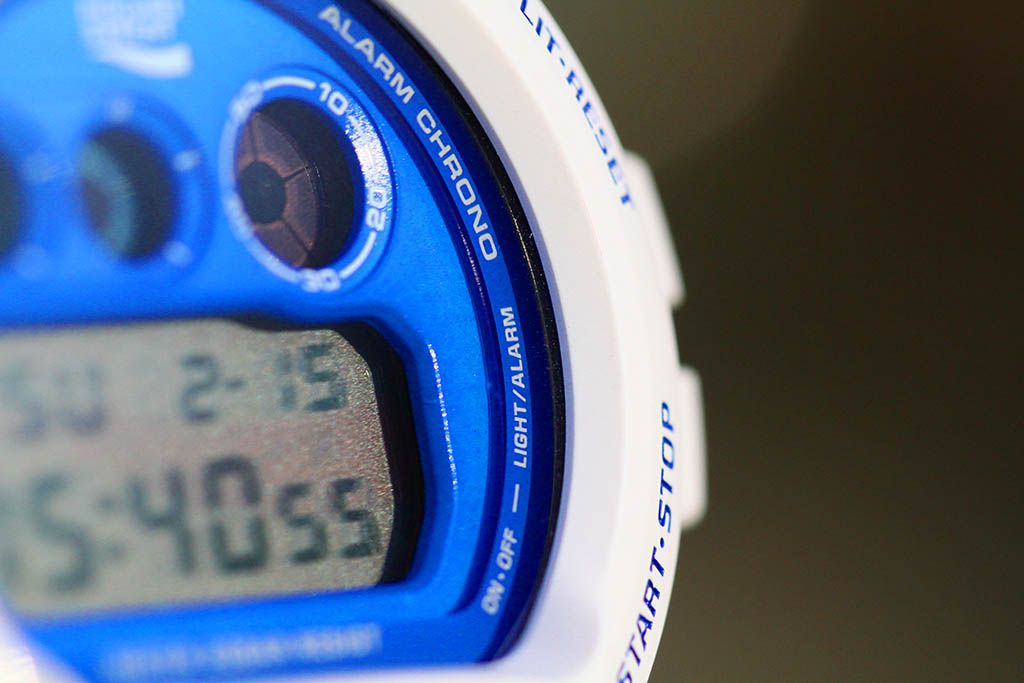
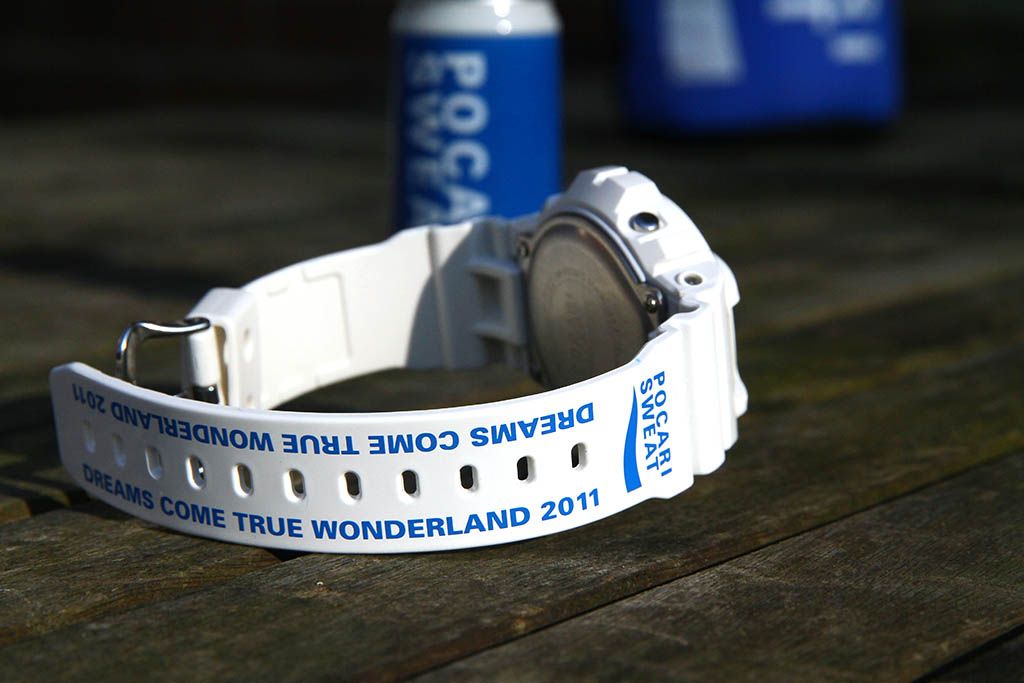
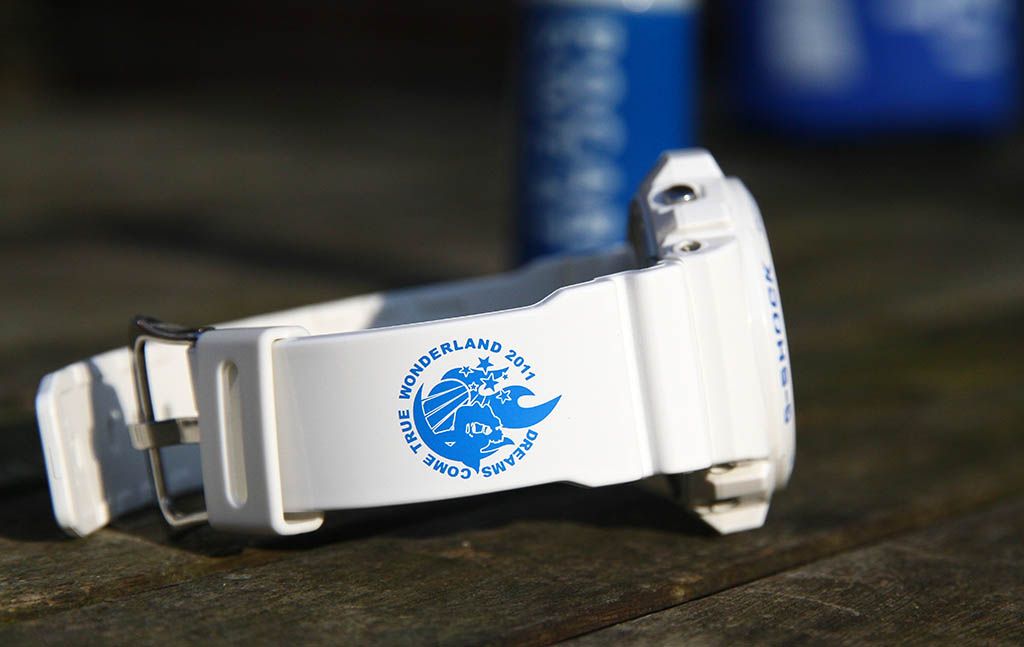



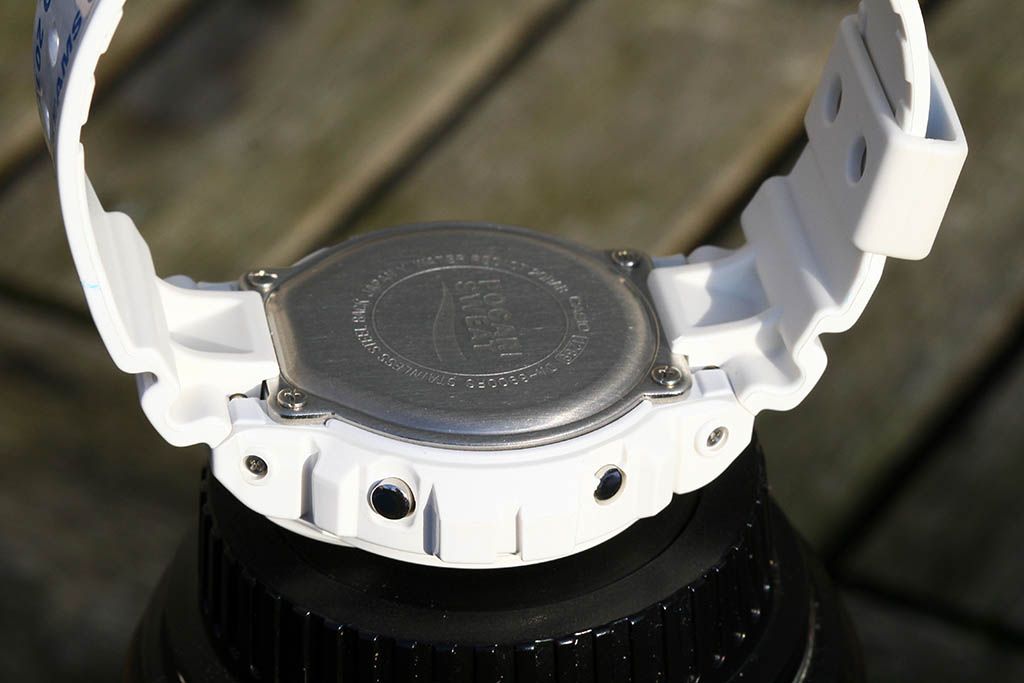
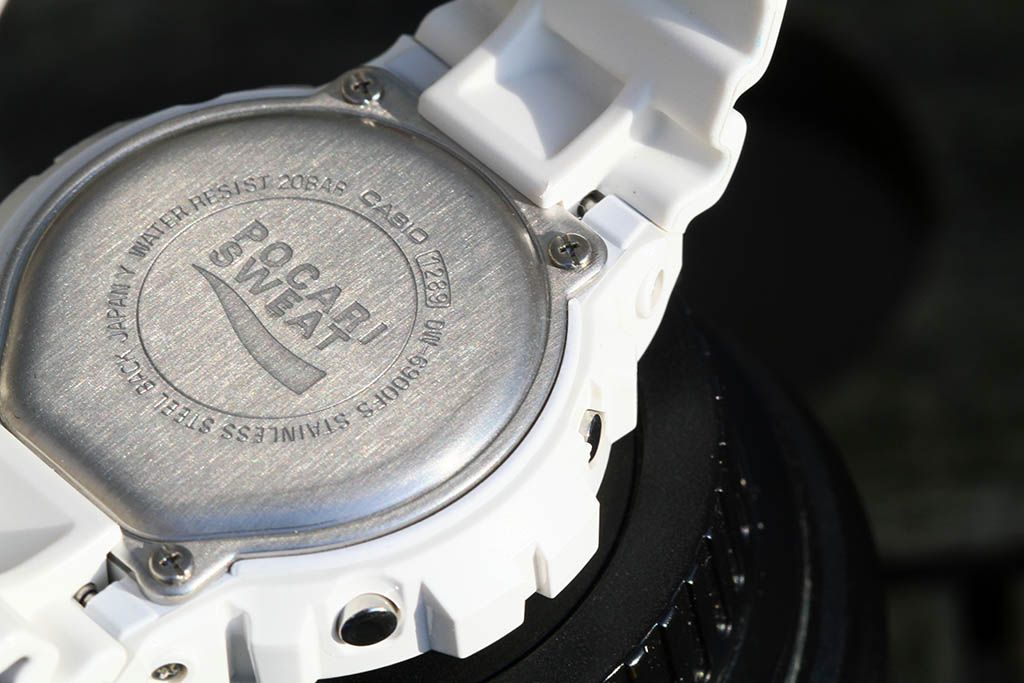

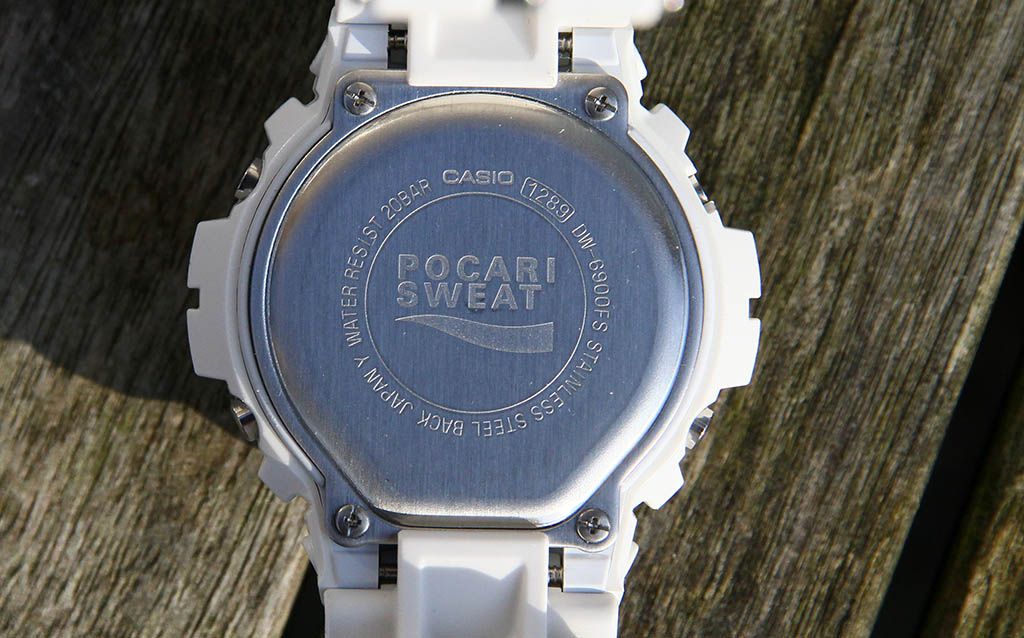

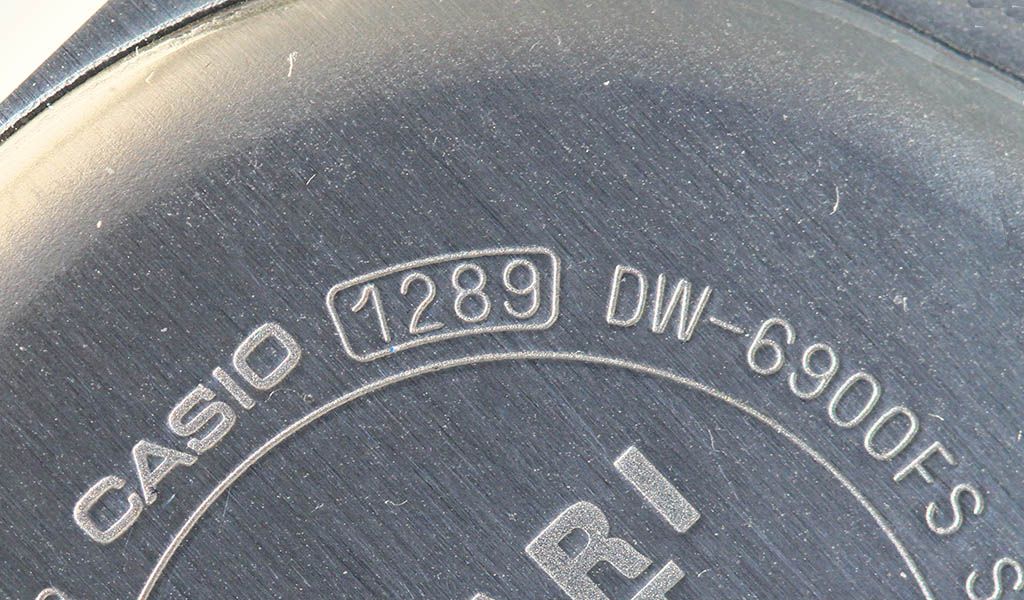
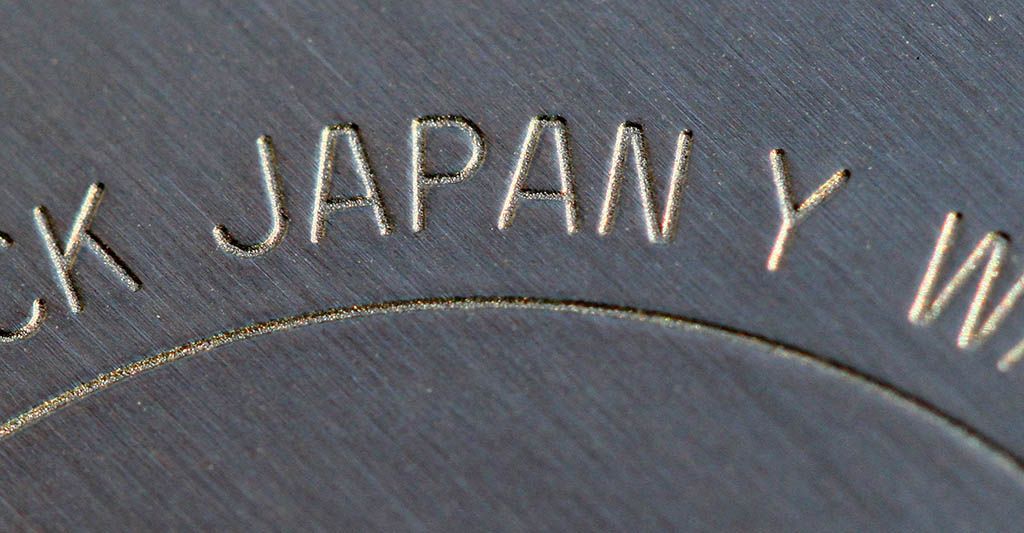

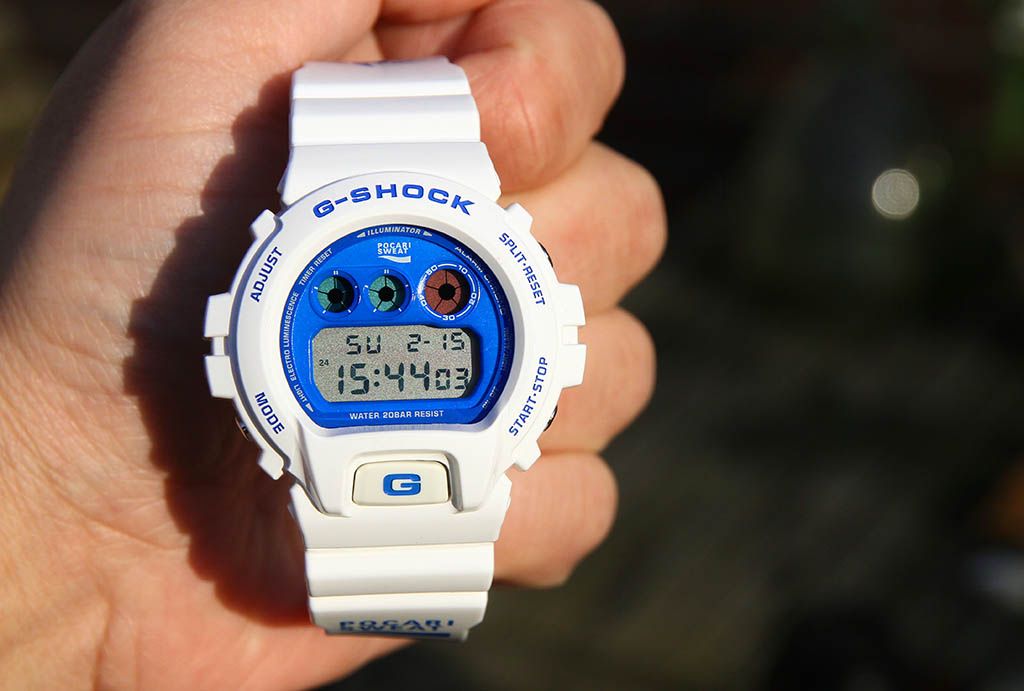




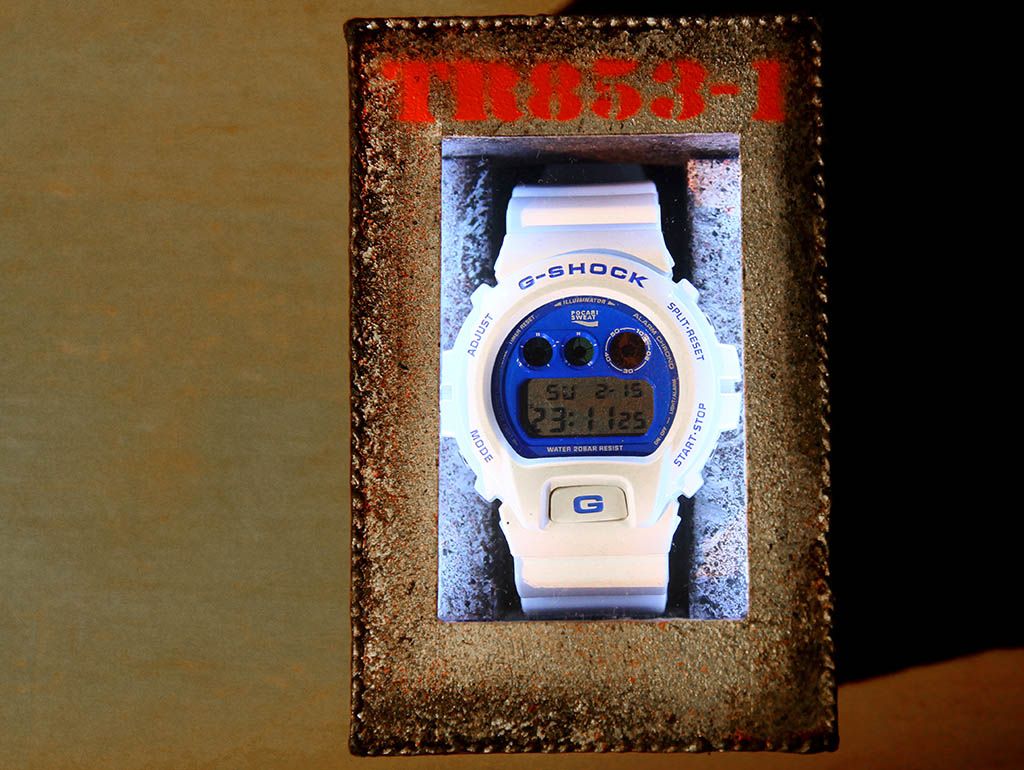
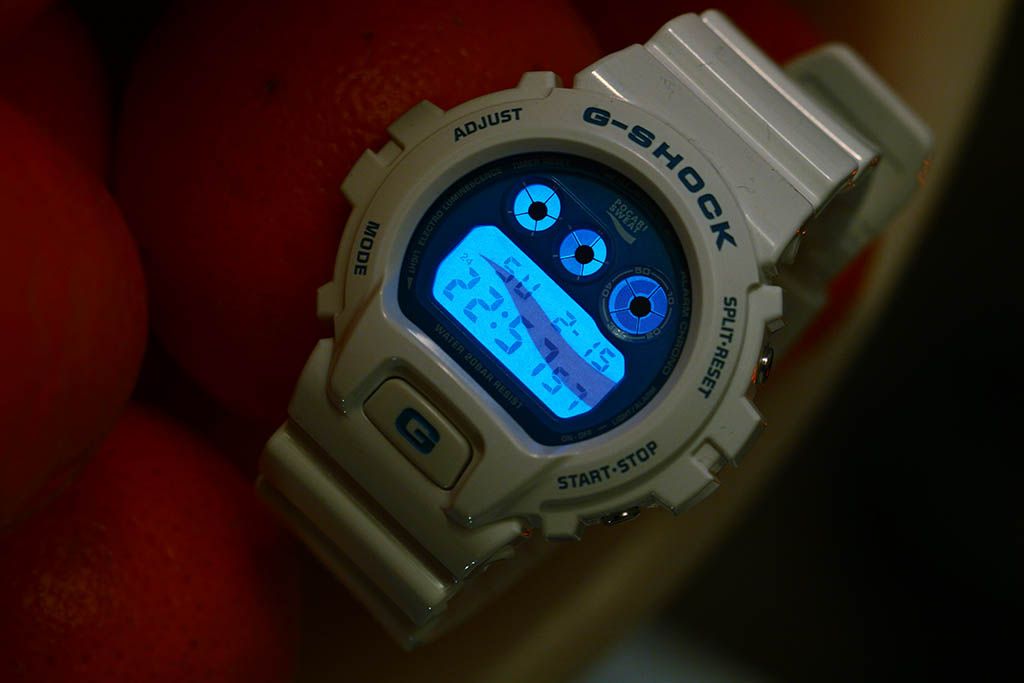

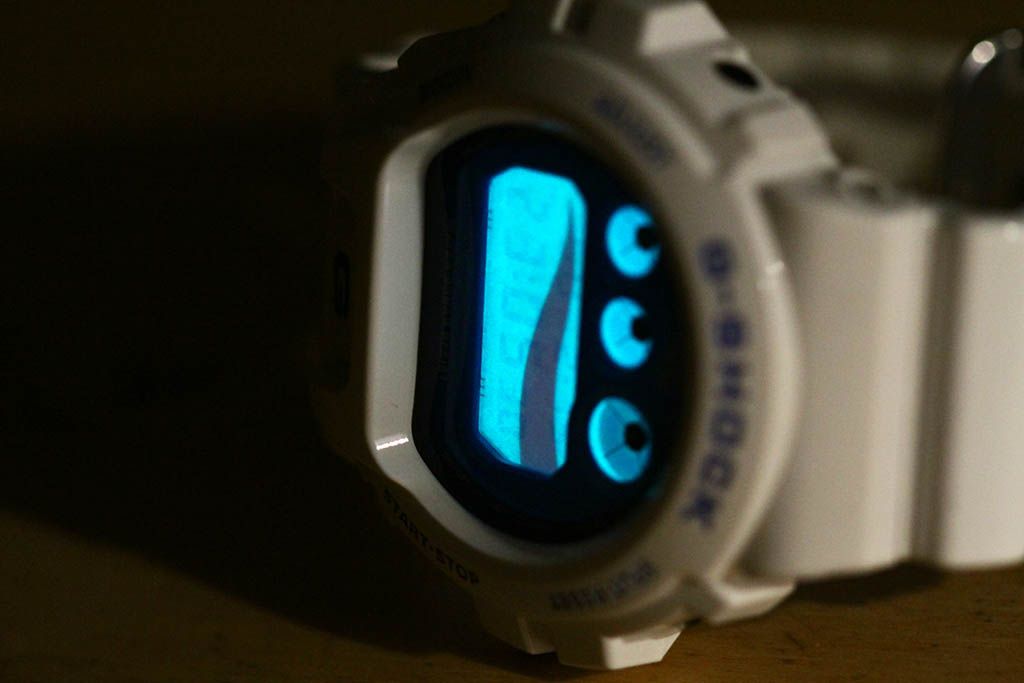
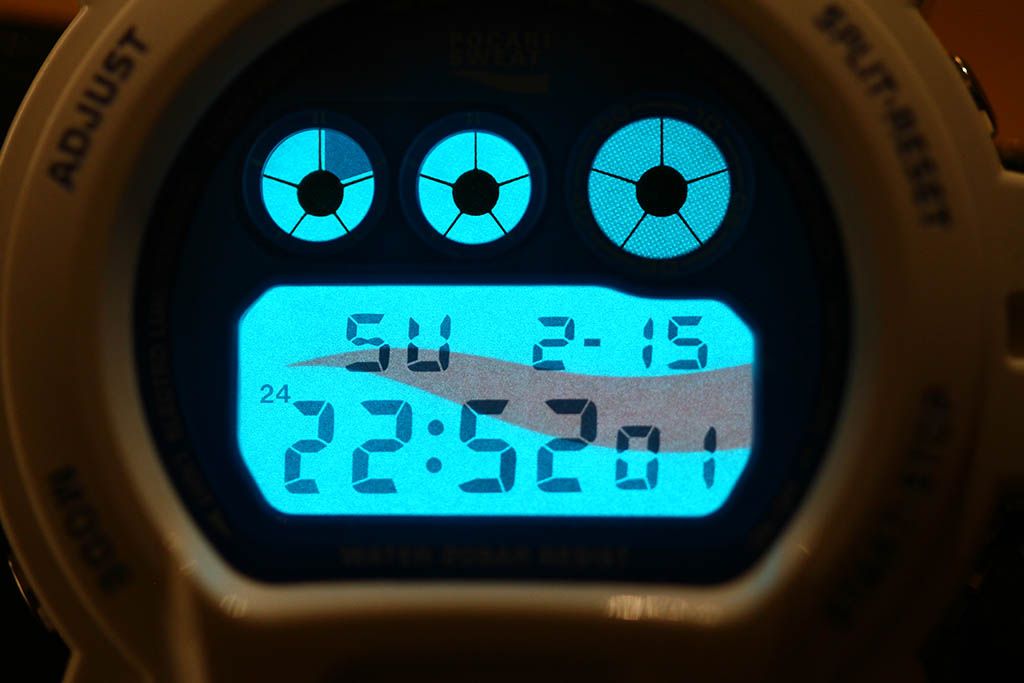
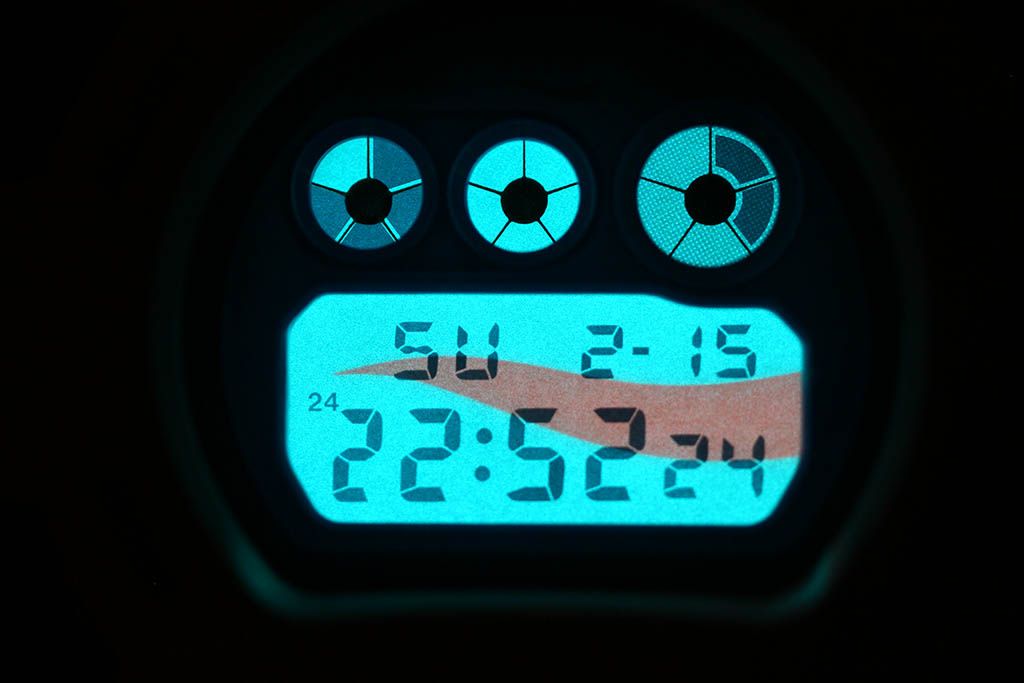
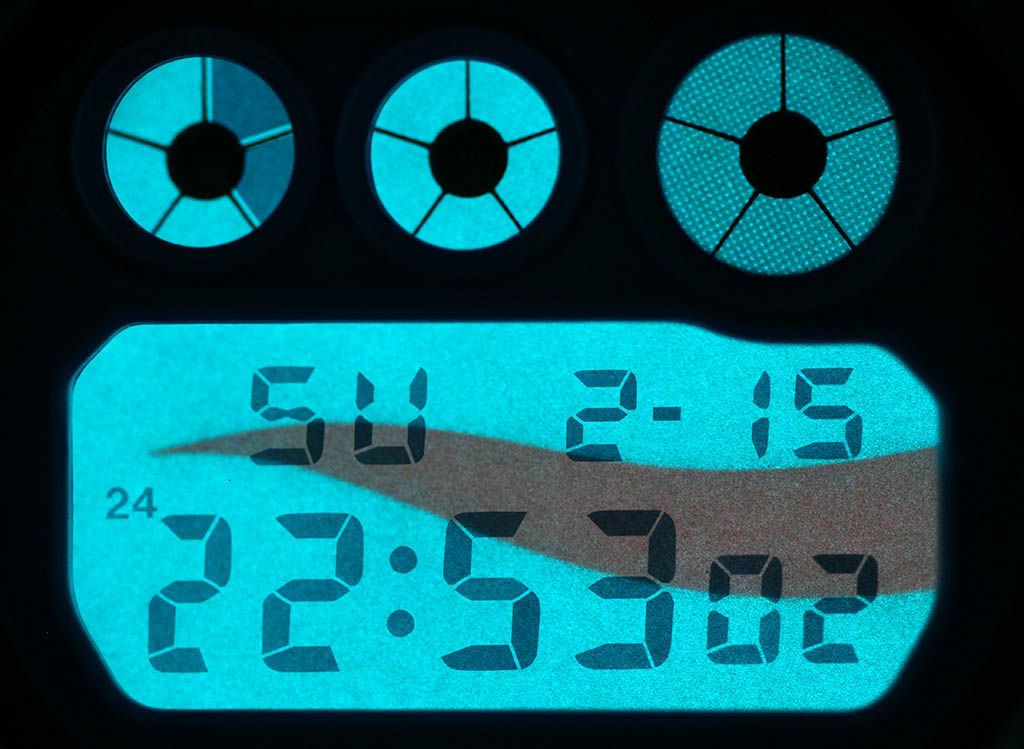


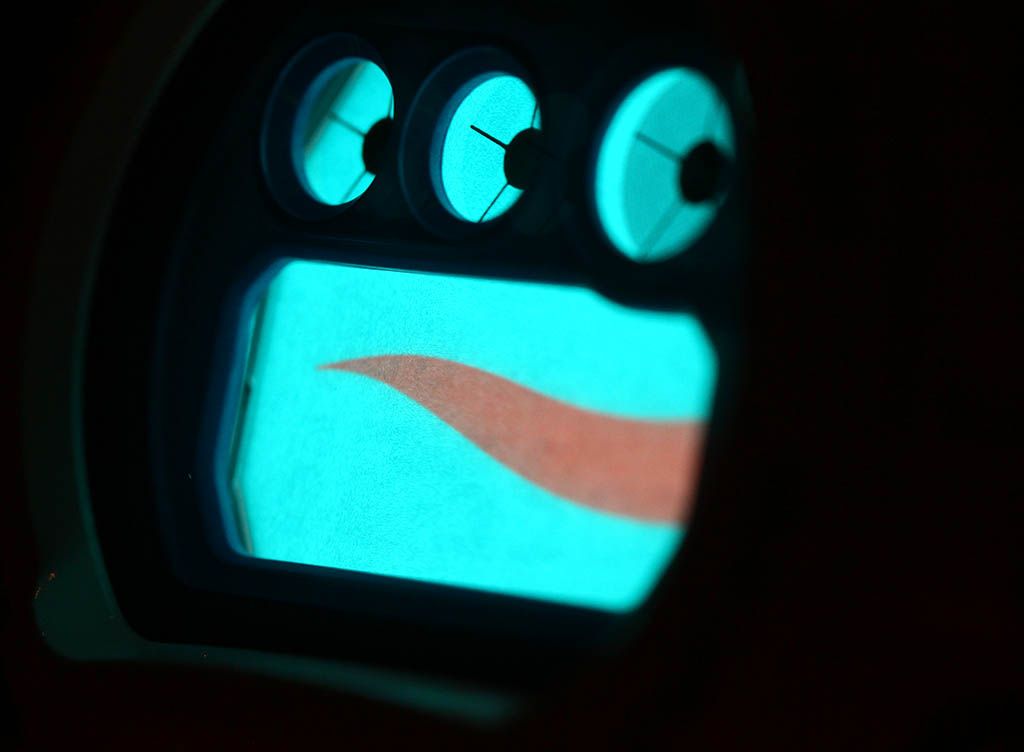
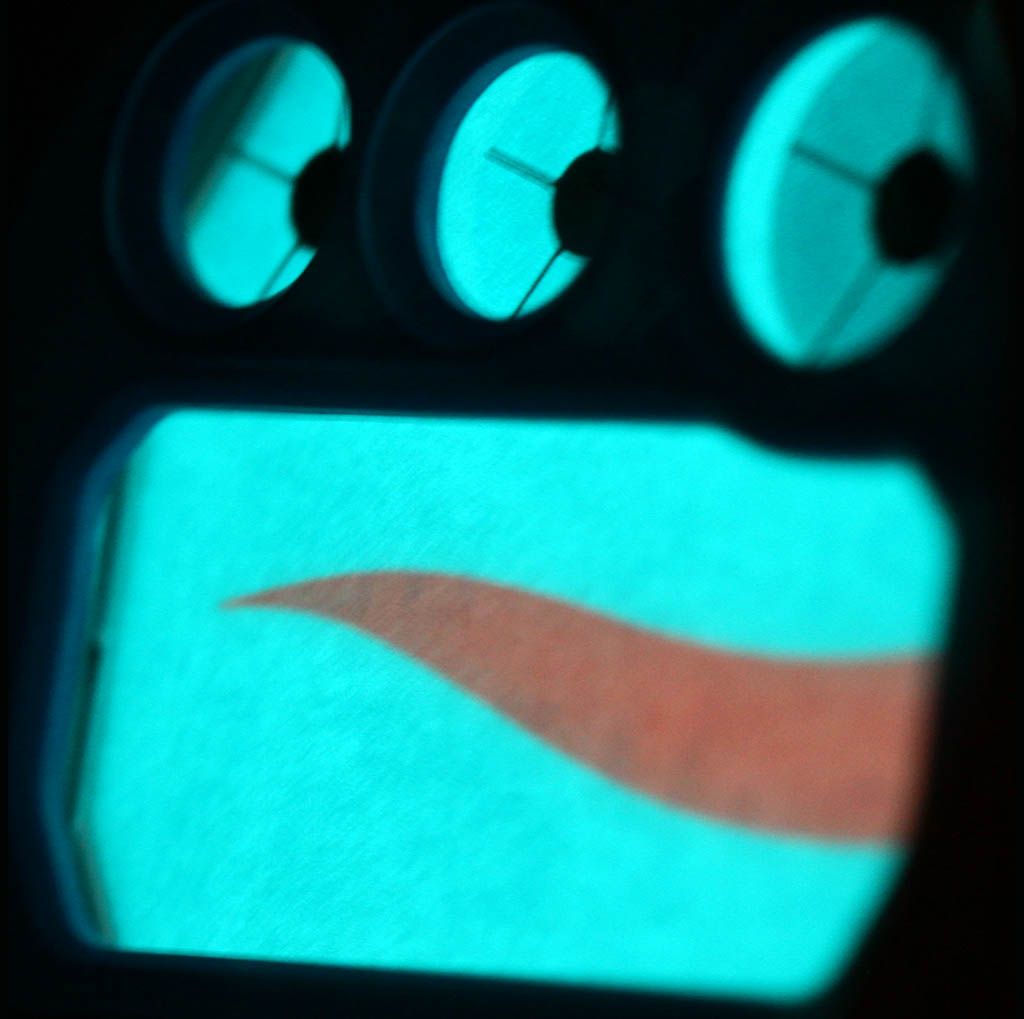
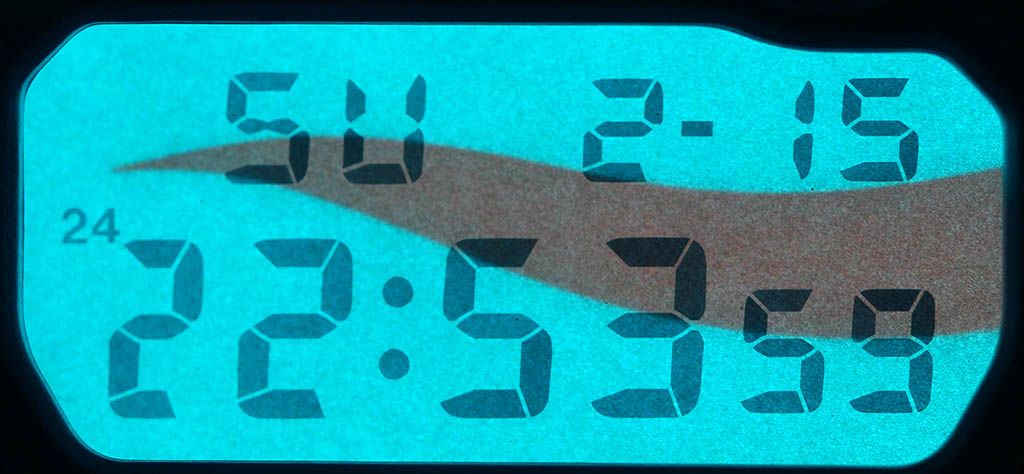
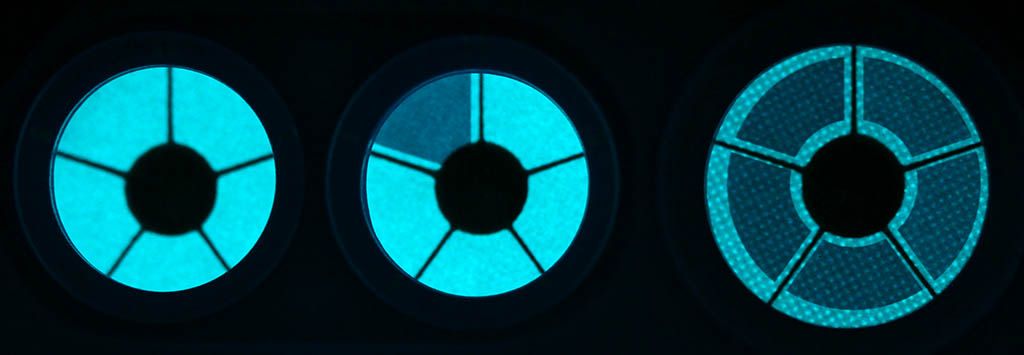

No comments:
Post a Comment